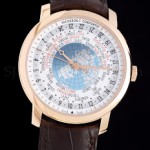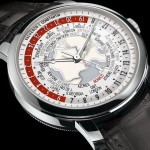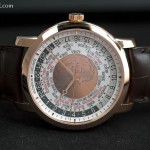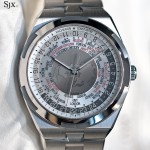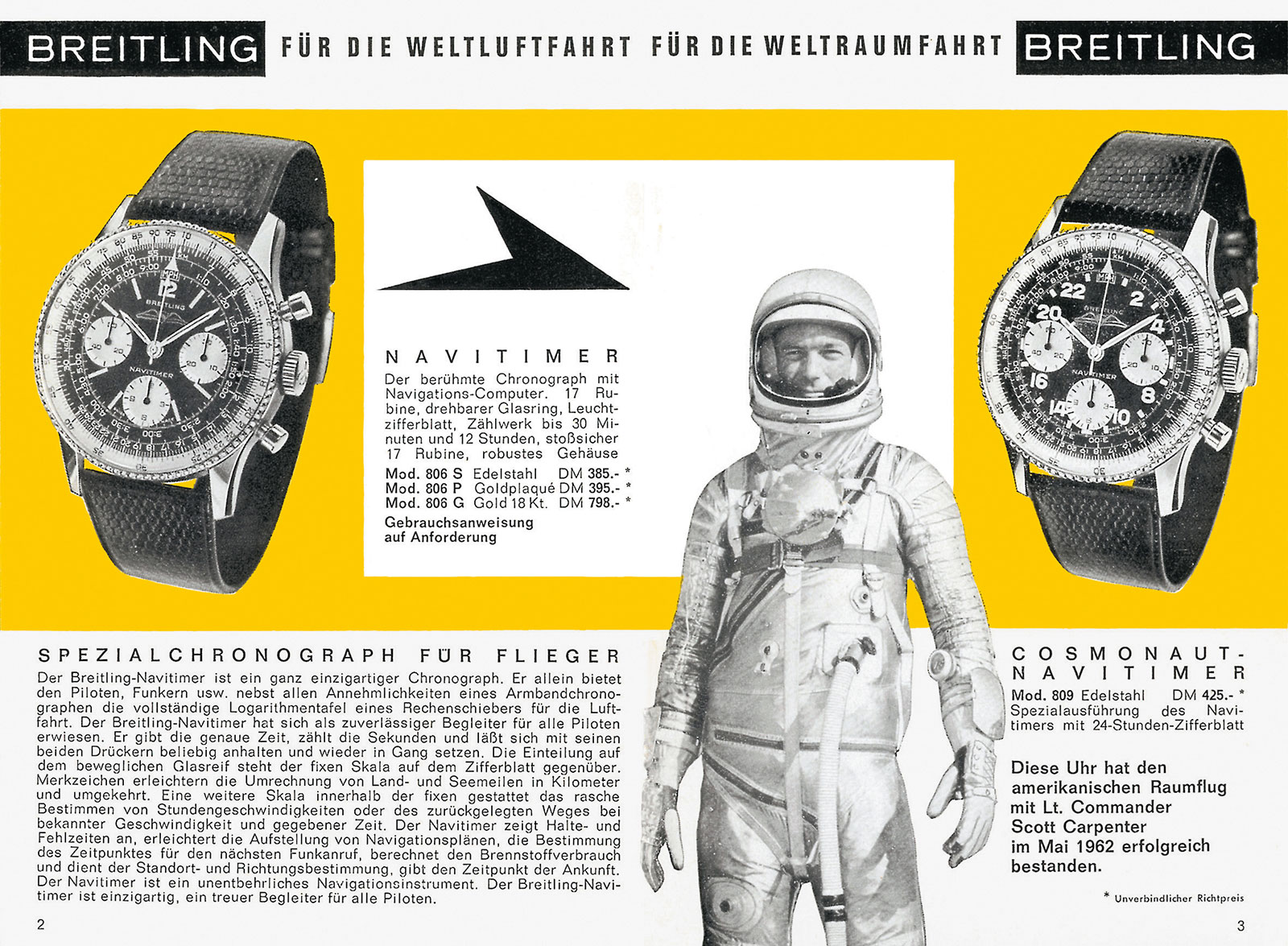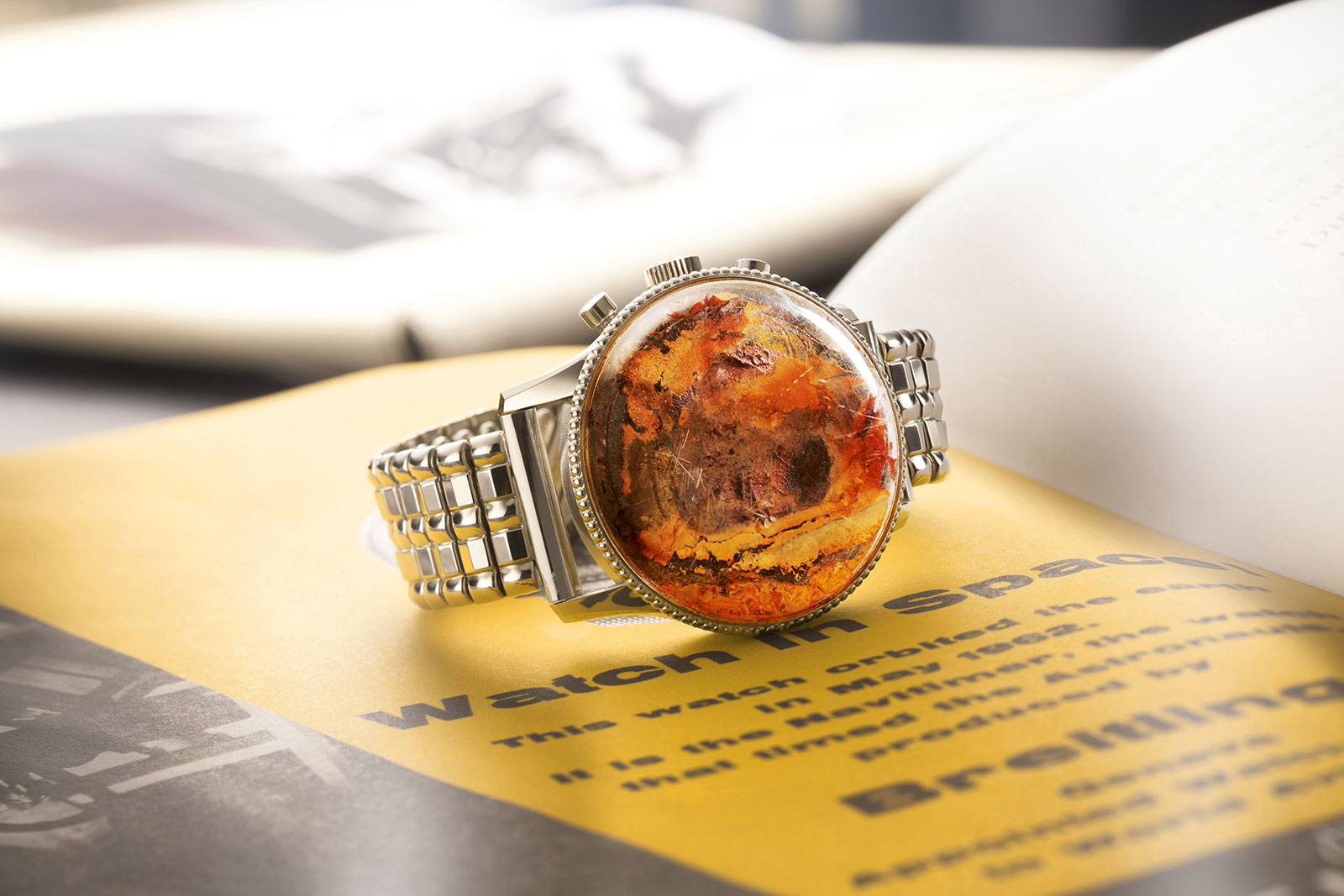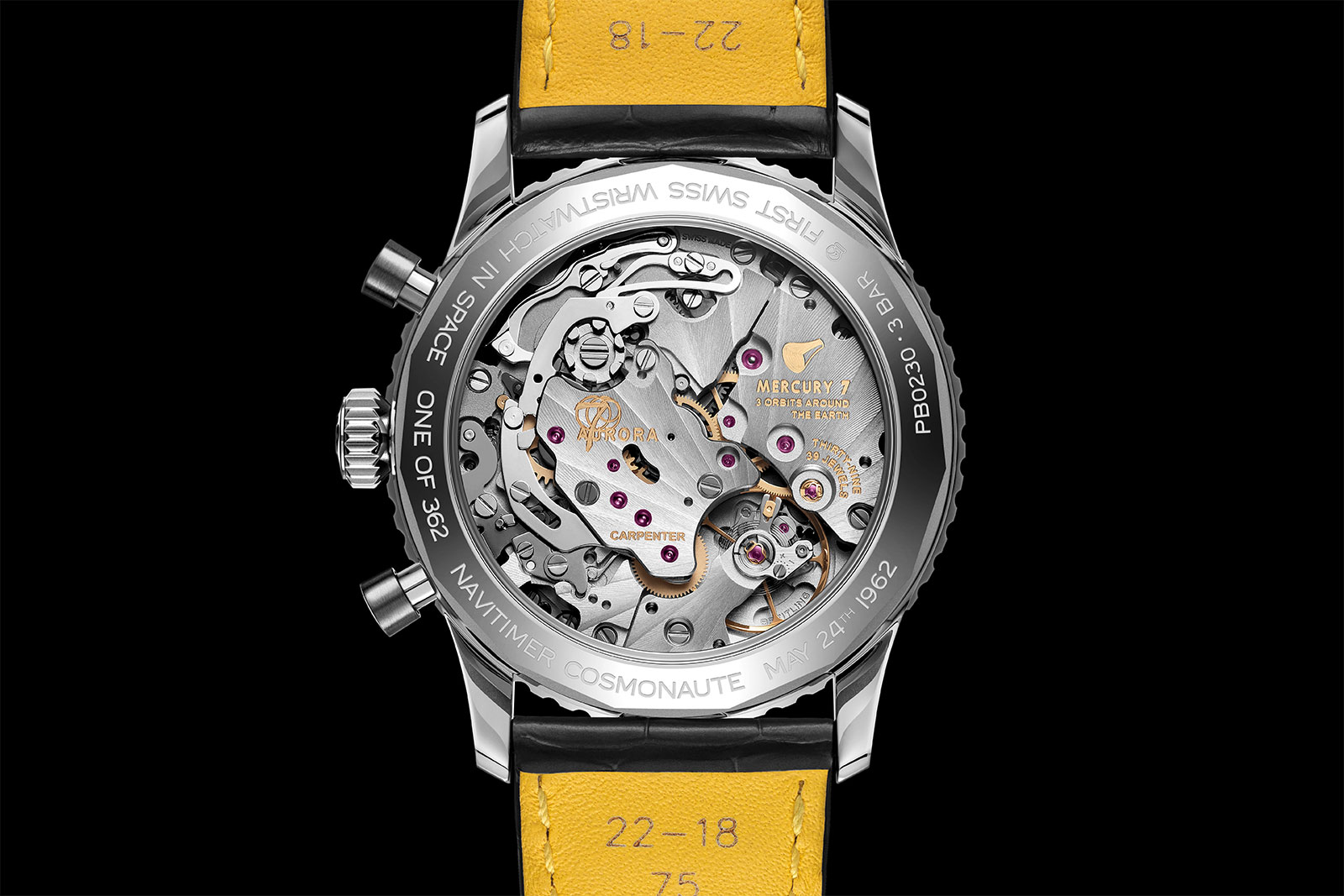Vacheron Constantin Celebrates the Grandeur of the Ancient World
Reproduced in magnificent miniature with the Métiers d'Art "Great Civilisations".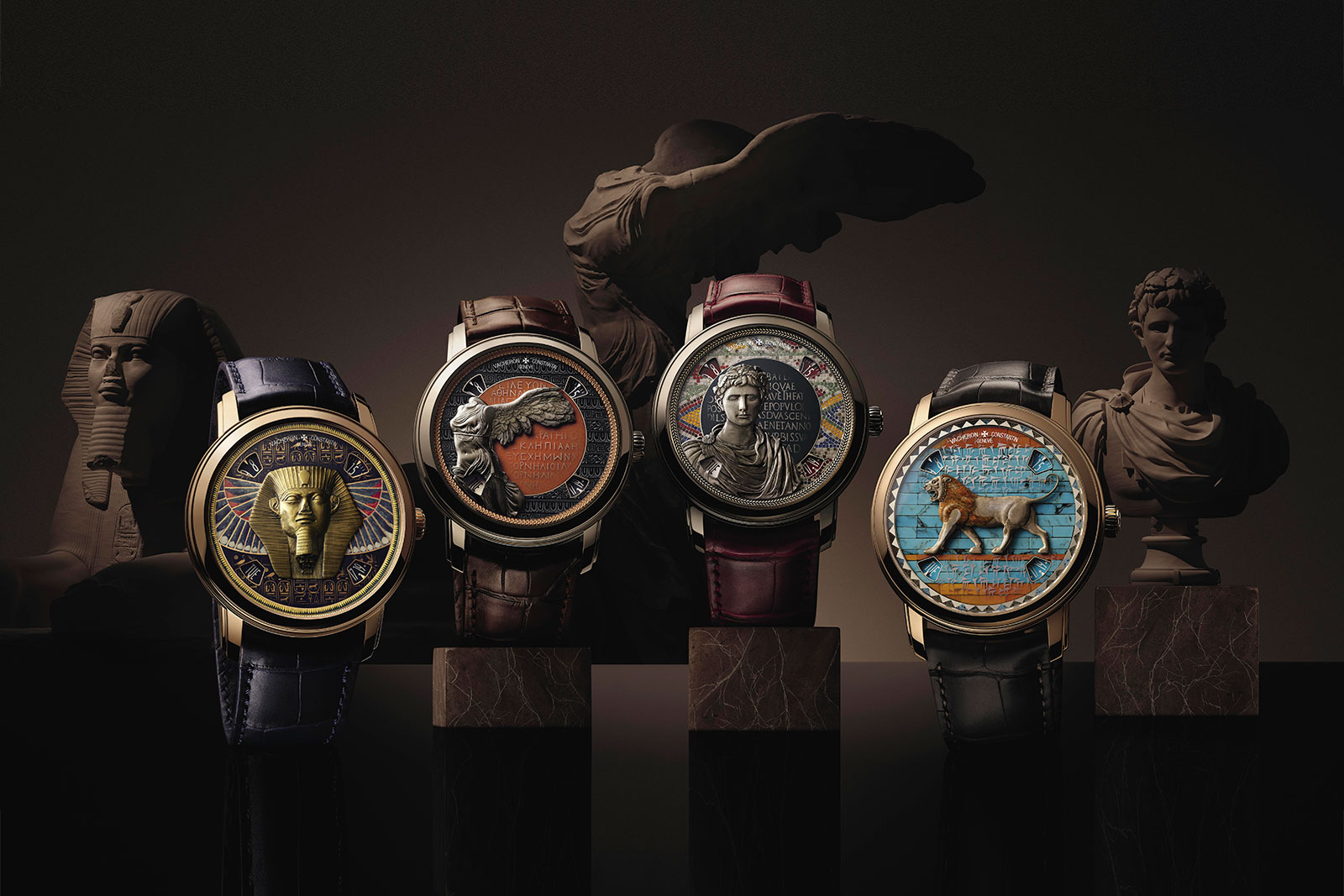
Announced in 2019, Vacheron Constantin’s partnership with the Louvre has given birth to the Métiers d’Art Tribute to Great Civilisations, a quartet of watches featuring artisanal, micro-sculptures in a nod to bygone empires.
Each of the four watches bears on its face a scaled-down reproduction of an artefact in the Louvre – the Great Sphinx of Tanis, the lion relief from Palace of Darius I at Susa, the Winged Victory of Samothrace, and the bust of Caesar Augustus. These objects have each been reproduced with creativity and artistry to create dials that live up to the métiers d’art label.
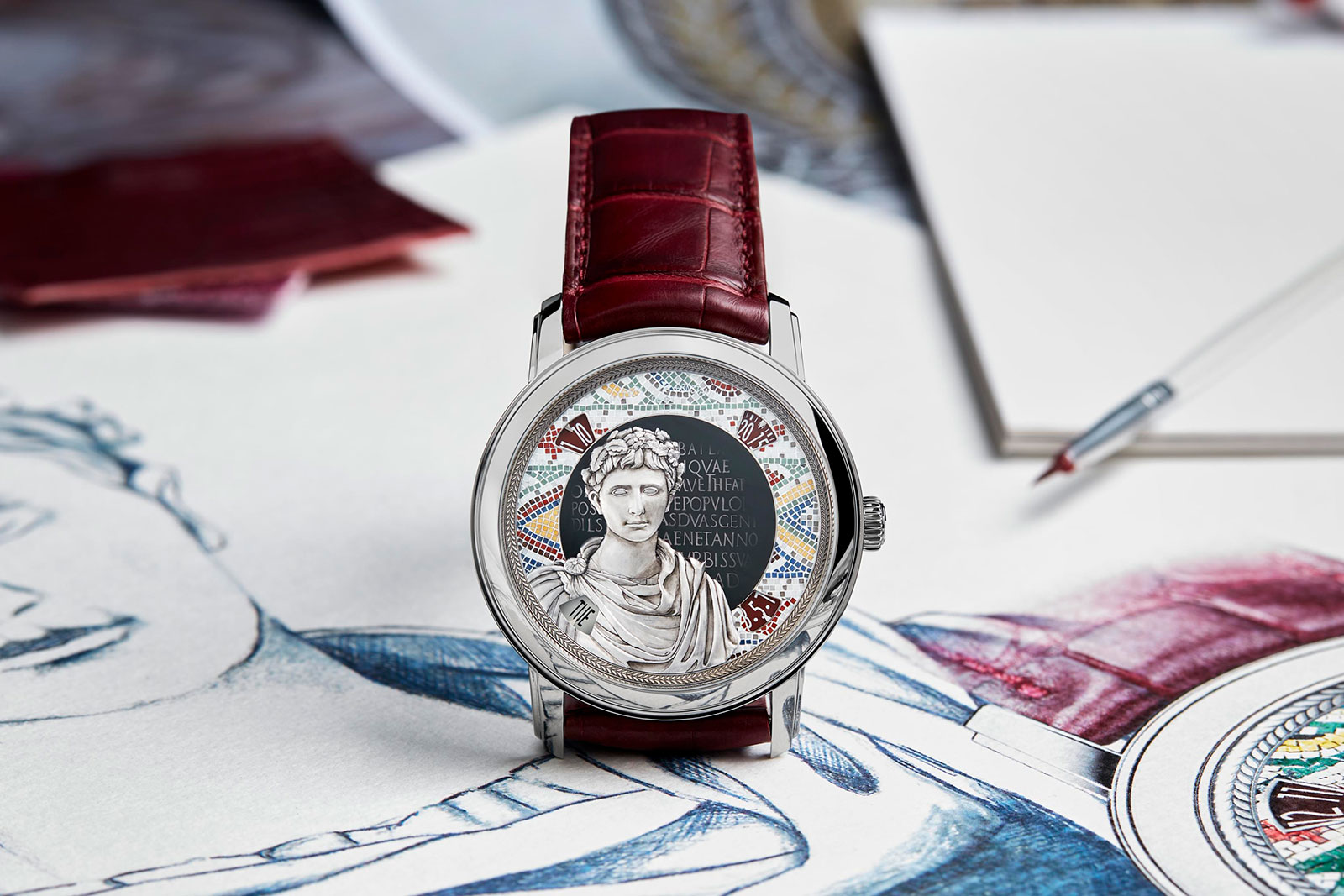
Buste de Auguste
Initial thoughts
Vacheron Constantin’s Metiers d’Art watches reflect the brand’s versatility in artisanal decoration, both in terms of technique and style. But the Great Civilisations are notable for being more complex in terms of construction and materials than past Metiers d’Art watches.
The dials are comprised of several layers and sections, in turn decorated with a variety of artisanal techniques ranging from enamelling to mosaic, in order to create the depth and detail they possess. Importantly, the result is greater than the sum of the parts – the dials are attractive in form and impressive in detail.
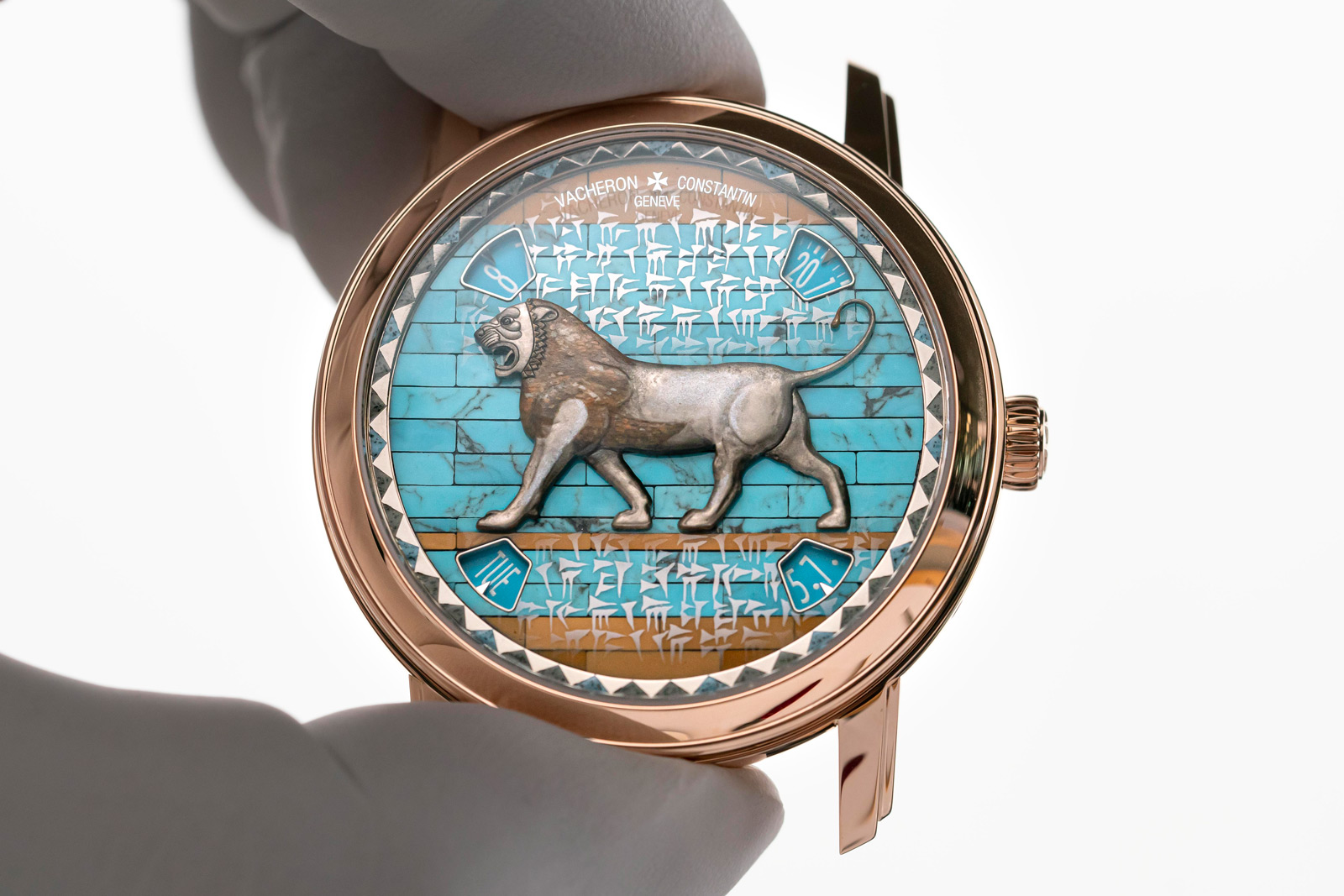
Lion de Darius with its Roman mosaic dial base and relief lion
Though all four watches are exceptional examples of Vacheron Constantin’s metier, the Grand sphinx du Tanis and Lion de Darius certainly stand out over the other two, just because of their more striking palette. The Buste d’Auguste and Victoire de Samothrace feel muted in comparison.
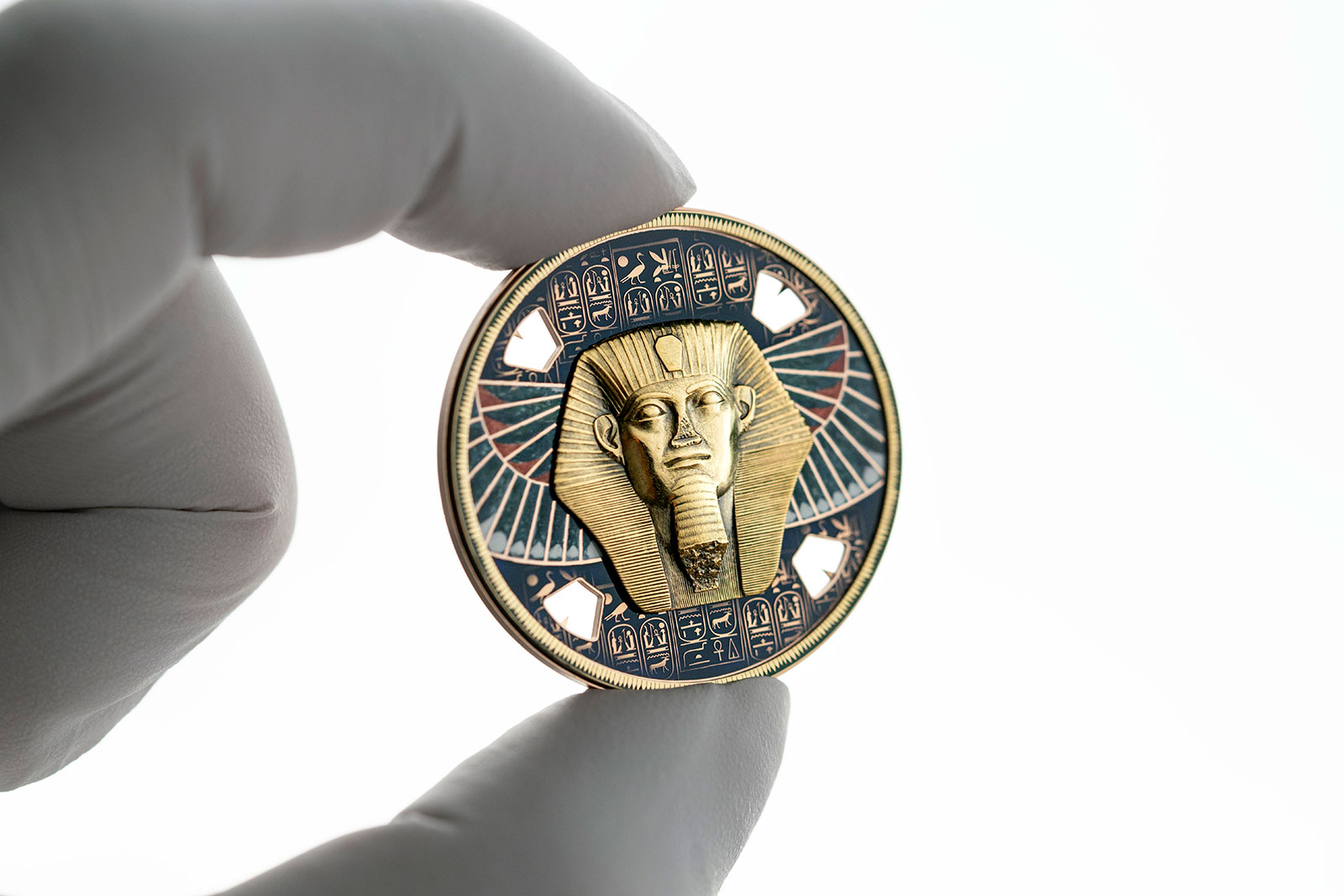
The dial of the Grand sphinx de Tanis
While the cultural and historic inspirations behind each of them will not resonate universally, the watches are intrinsically appealing for their craft and aesthetics. They do justice to the objects in the Louvre, especially considering the scale of the objects themselves – the Sphinx is the size of a room – relative to the size of a wristwatch.
But as impressive as the watches themselves is the obvious effort that went into their creation. Each of the watches incorporates a surprising numbers of historical references – a pattern from a vase for the frieze here, a paragraph from a speech given two millennia ago there – so much so that the degree of collaboration between Vacheron Constantin’s creative team and the Louvre must have been all encompassing. This is a collaboration in every sense of the word.

Vacheron Constantin’s Christian Selmoni is instantly recognisable in his windowpane-fabric suit
A shared canvas
Despite the incredible diversity of the dials, they all share the same usual construction made up of a dial base, a decorative frieze around the base, a smoked and engraved sapphire disc on the base, and finally the miniature sculpture on top of the sapphire.
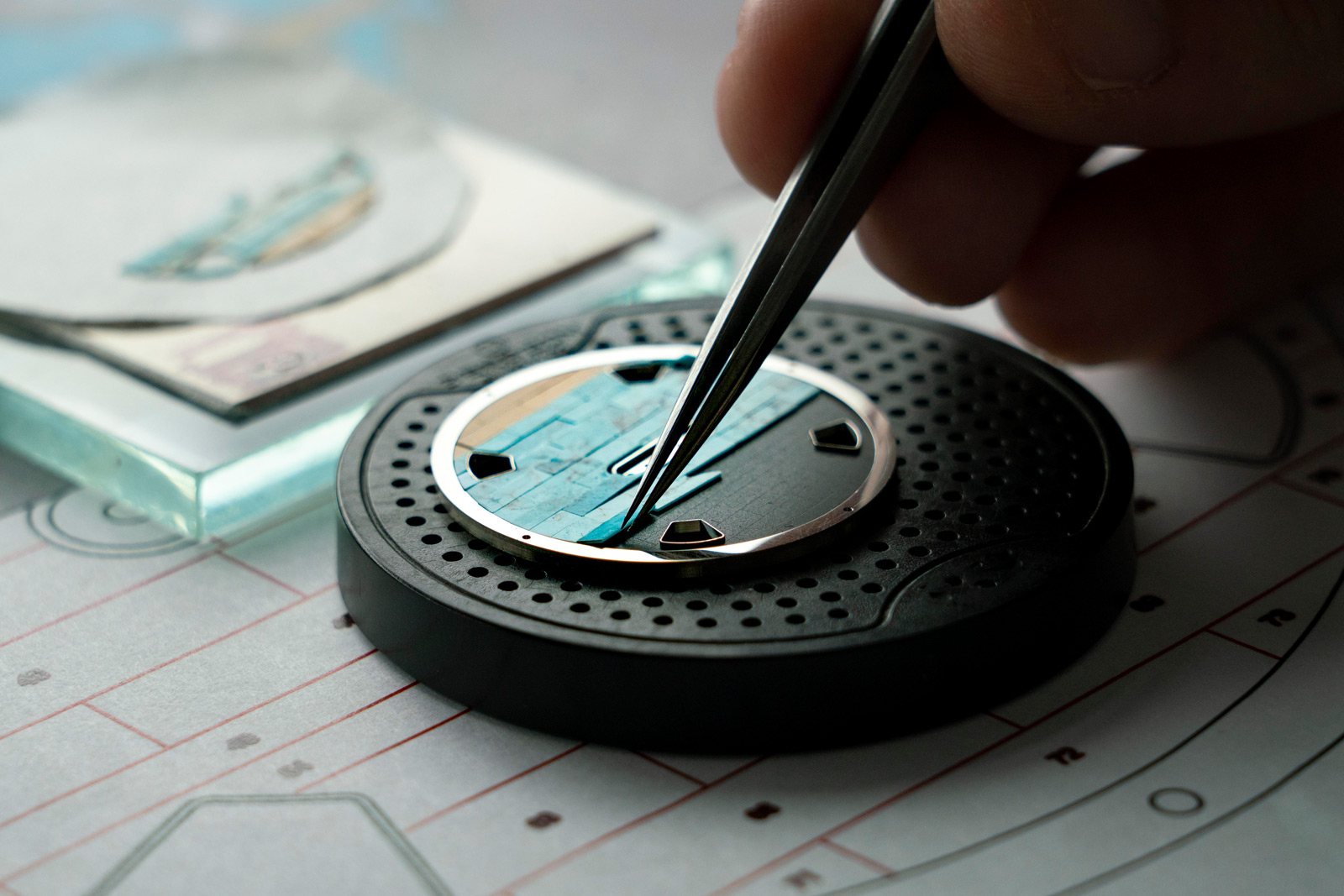
The dial base of Lion de Darius is inlaid with tiny pieces of turquoise and yellow jasper to form a Roman mosaic

The dial base of Victoire de Samothrace features fired enamel, applied by hand naturally
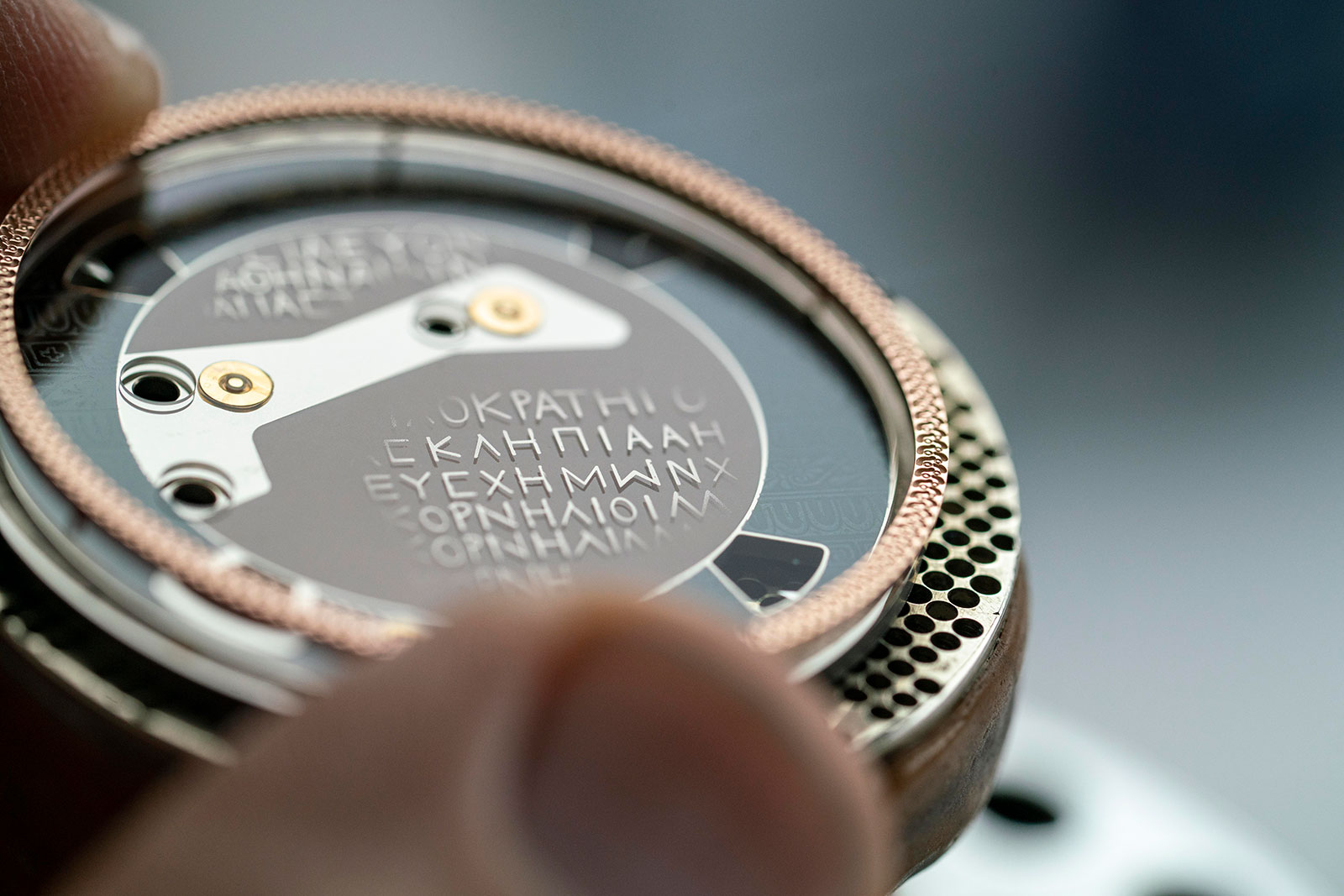
Installing the frieze on the dial of Victoire de Samothrace
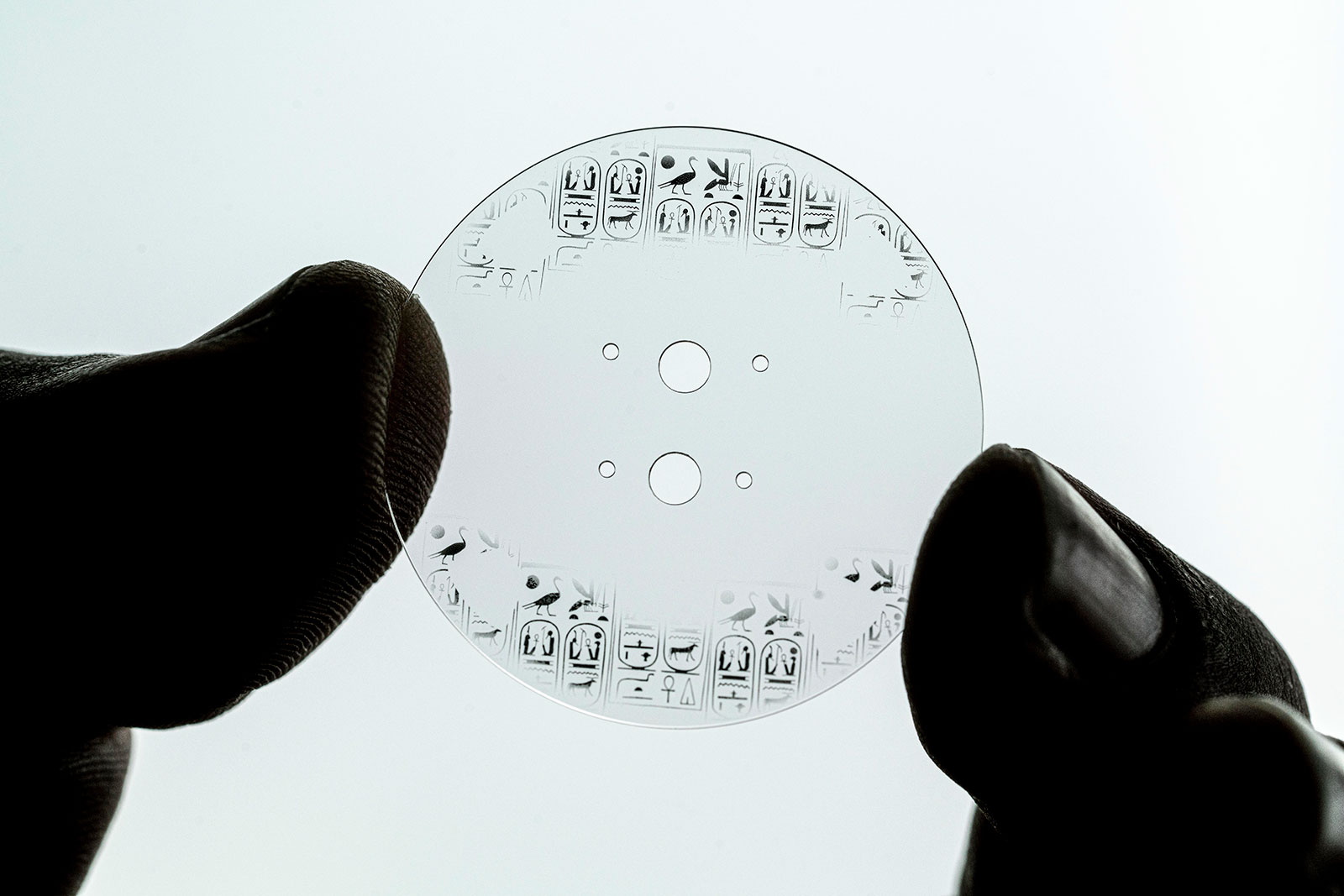
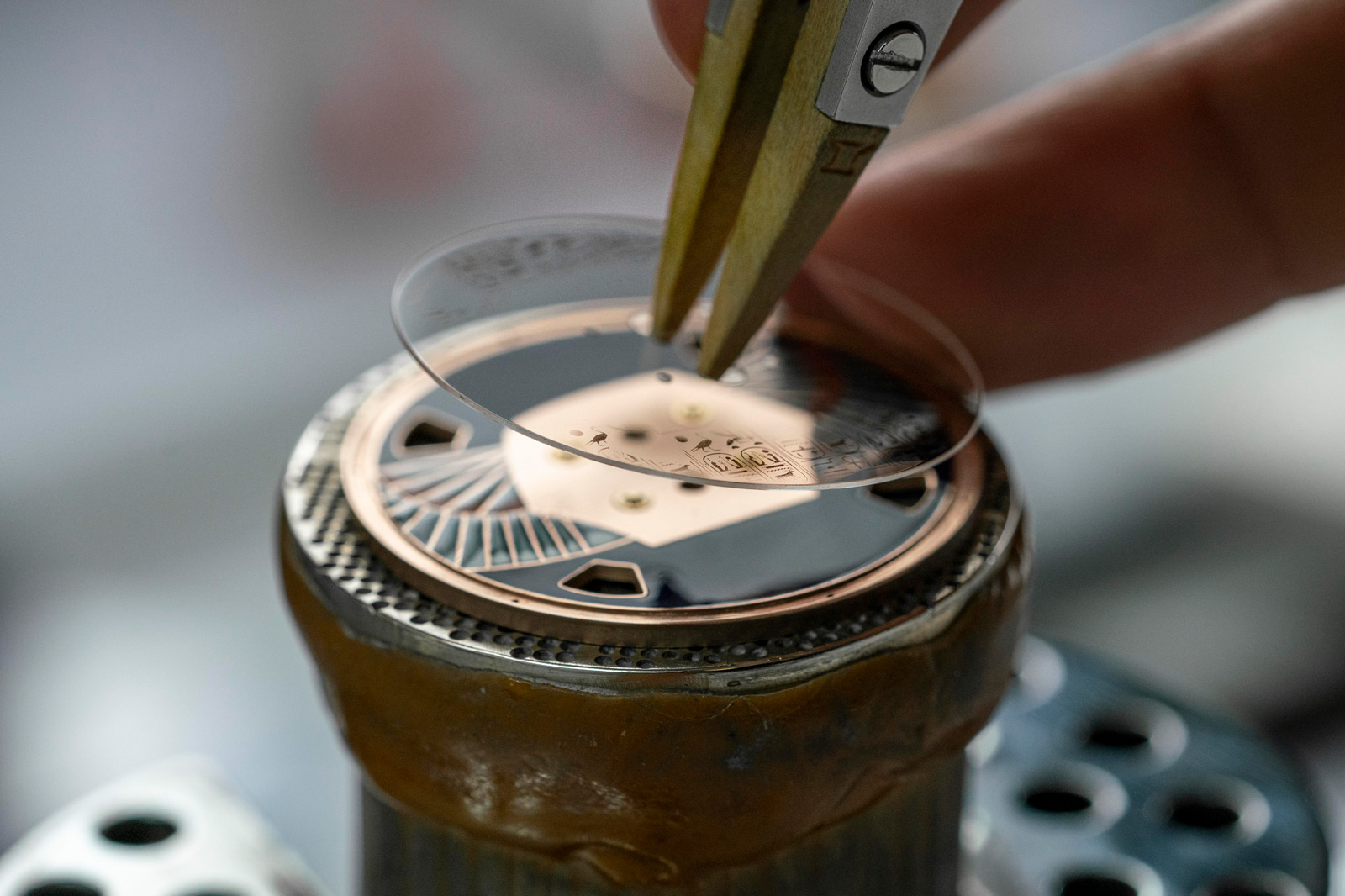
The clear sapphire disc is metallised with historical script; in the case of Grand sphinx du Tanis, it features Egyptian hieroglyphs from the cartouche of the pharaoh Menenptah
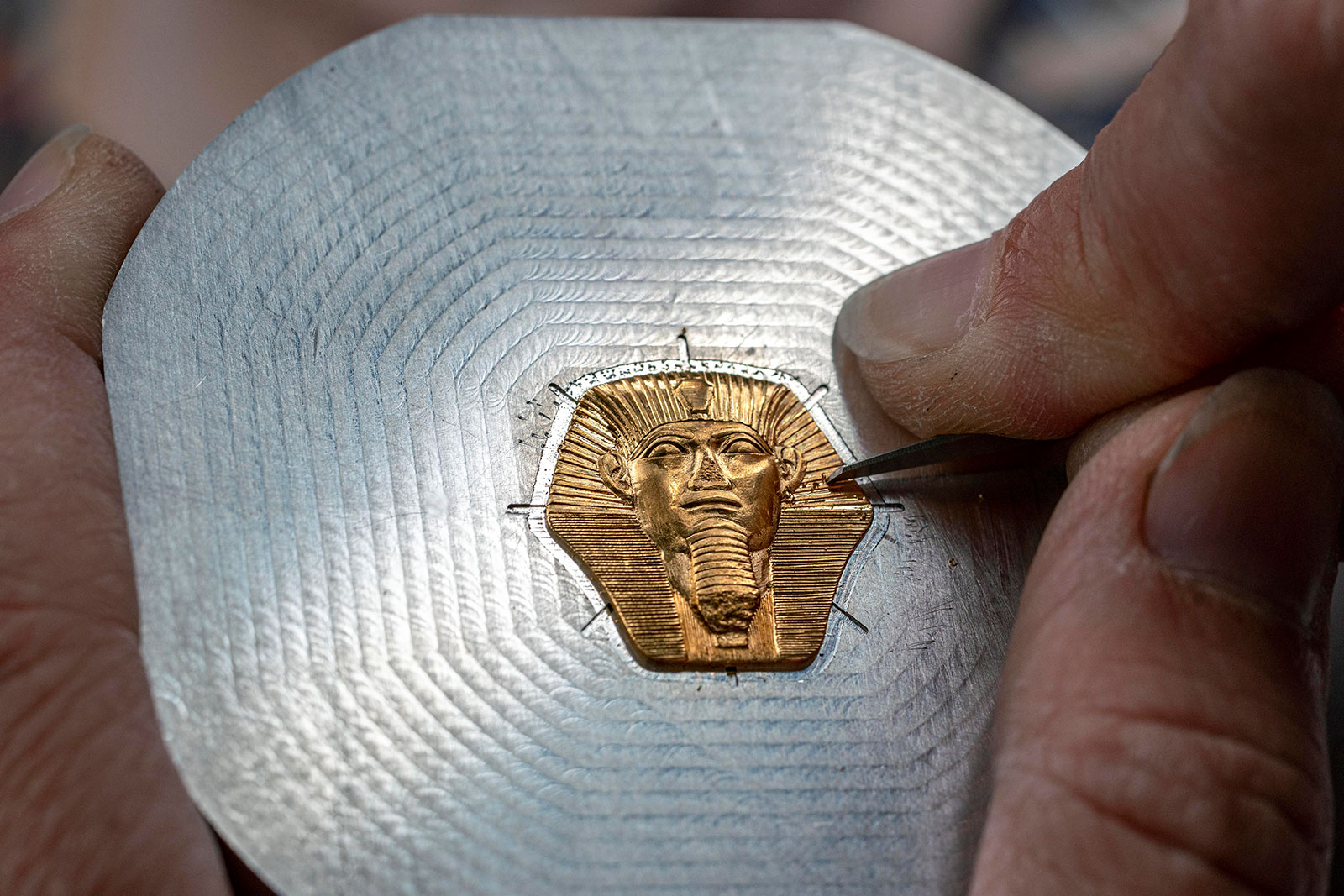
And the centrepiece is the hand engraved miniature sculpture that reproduces the object itself
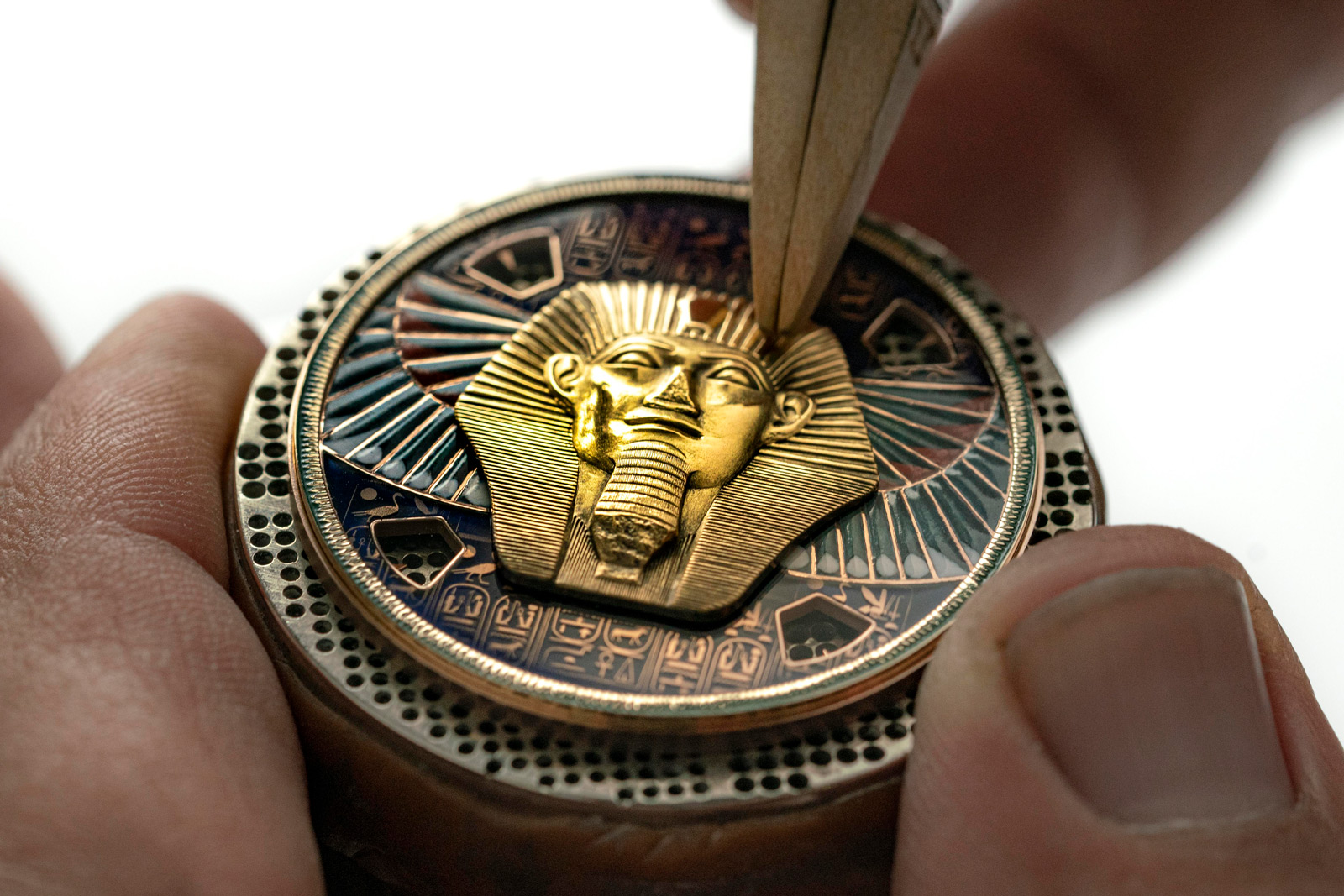
The sphinx is set in place
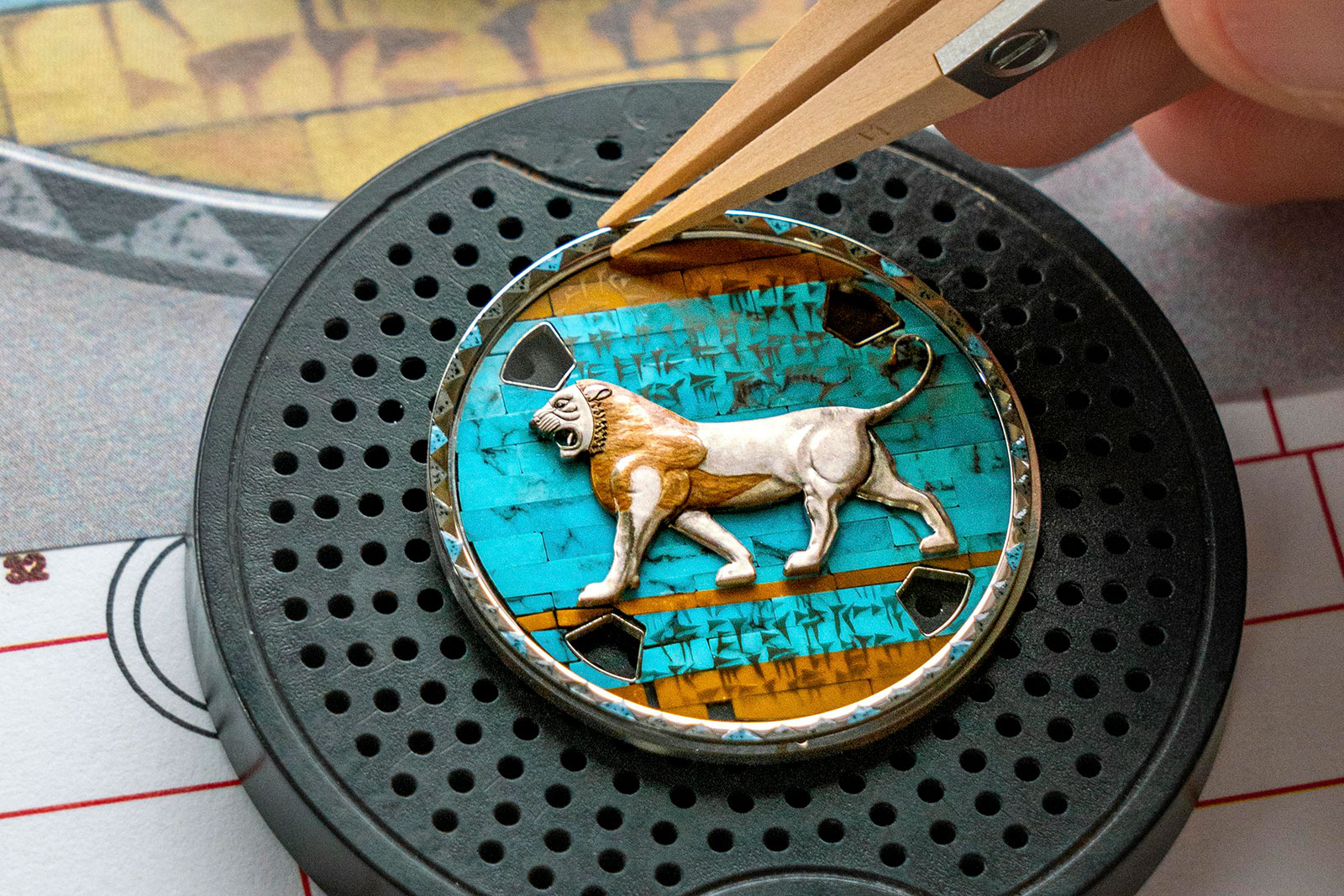
Assembling the dial of Lion de Darius
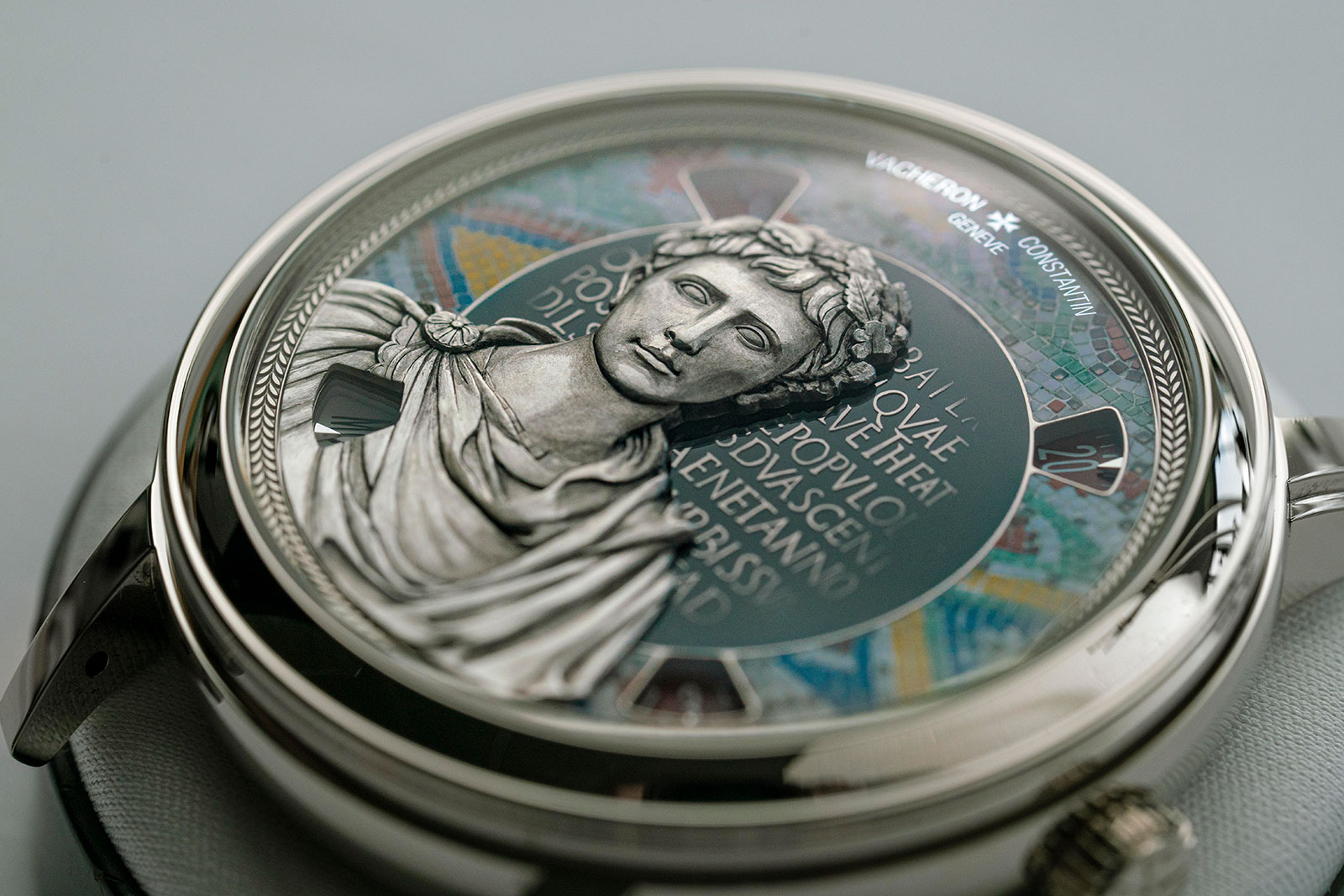
The result is a three-dimension appearance with the sculpture seemingly positioned at a distance from the dial base, although everything is contained with the millimetres available under the crystal
Mechanically the four watches are identical. They are powered by the cal. 2460 G4/2, a variant of the brand’s in-house movement developed specifically for Metiers d’Art watches.
Additional gearing under the dial splits the time and calendar display into four discs that can be read through four windows at each corner of the dial. This leaves most of the dial empty and a perfect canvas for decoration.
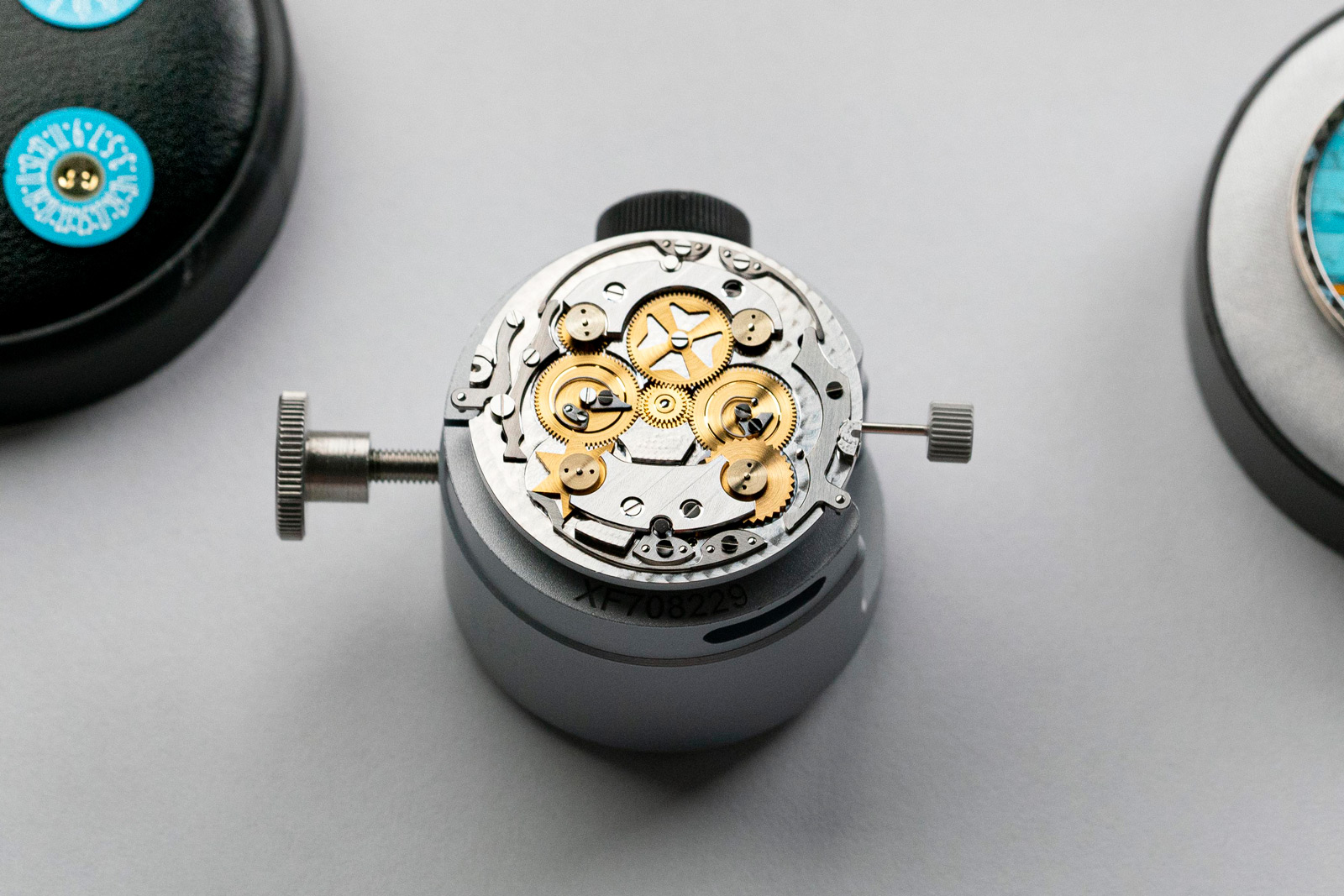
The under-dial view of the movement with all discs removed
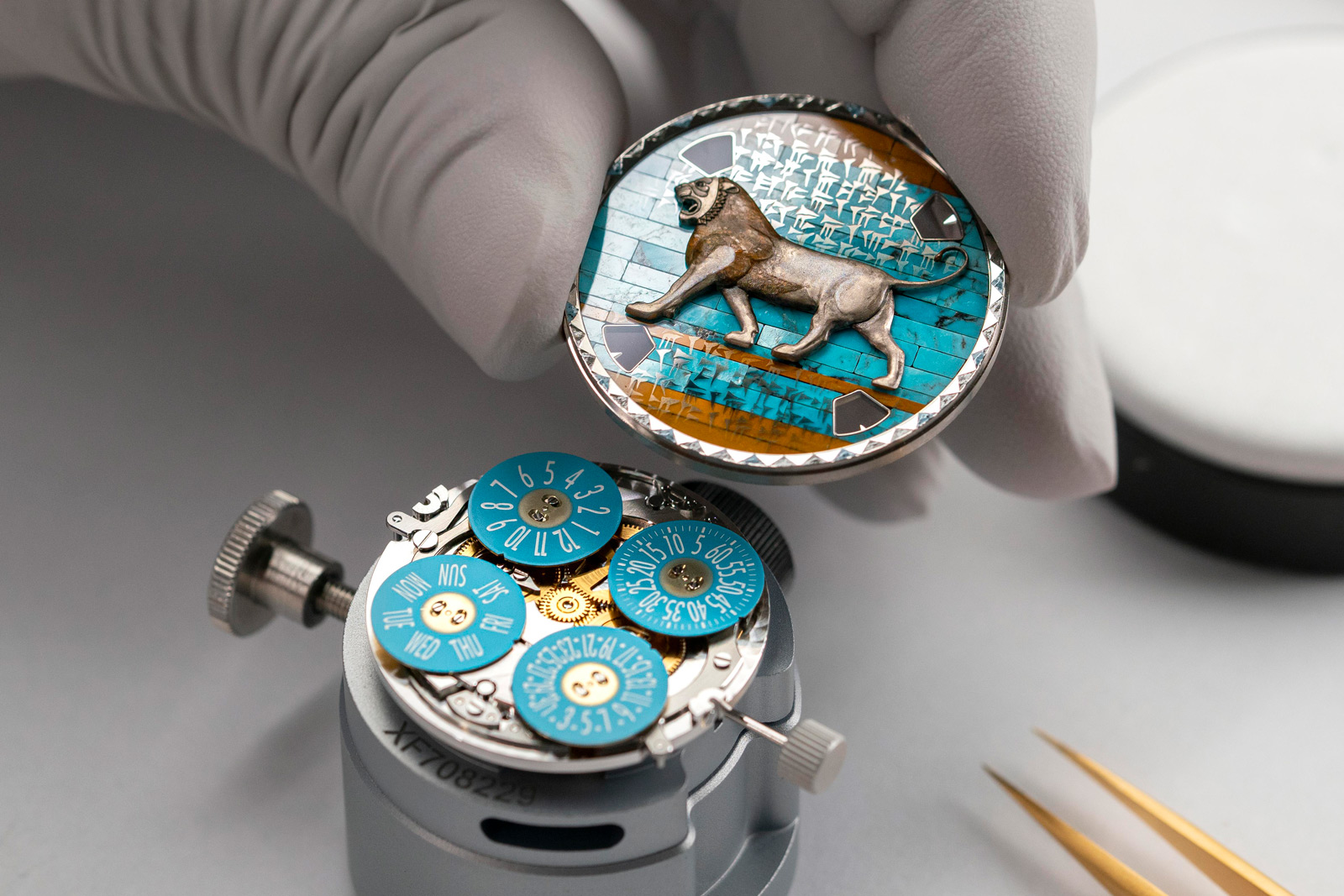
The movement with the discs for the hours, minutes, day, and date
The cal. 2460 G4/2 is fitted with a customised rotor specific to the Great Civilisations watches. Made of 22k yellow gold, the rotor reproduces in relief the east facade of the Louvre as depicted in an 18th century etching. The relief is produced via stamping, although the die used for the process is hand engraved.
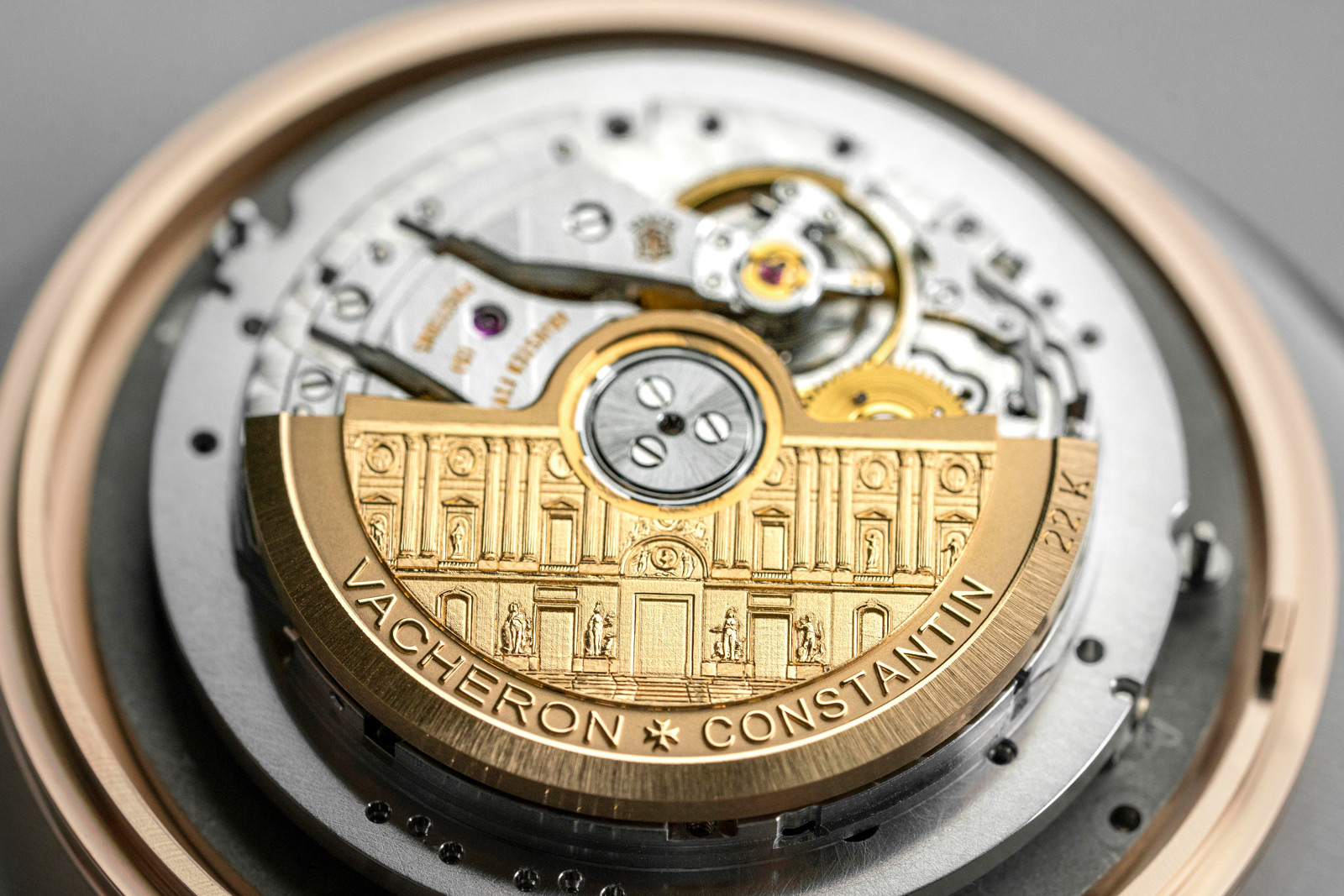
Buste d’Auguste
Reproducing a bust of Caesar Augustus, the Roman Emperor who succeeded Julius Caesar, the Buste d’Auguste shows the ruler in his fifties wearing a crown of oak leaves. While the bust in the Louvre is marble, the miniature on the dial is hand-engraved solid gold.
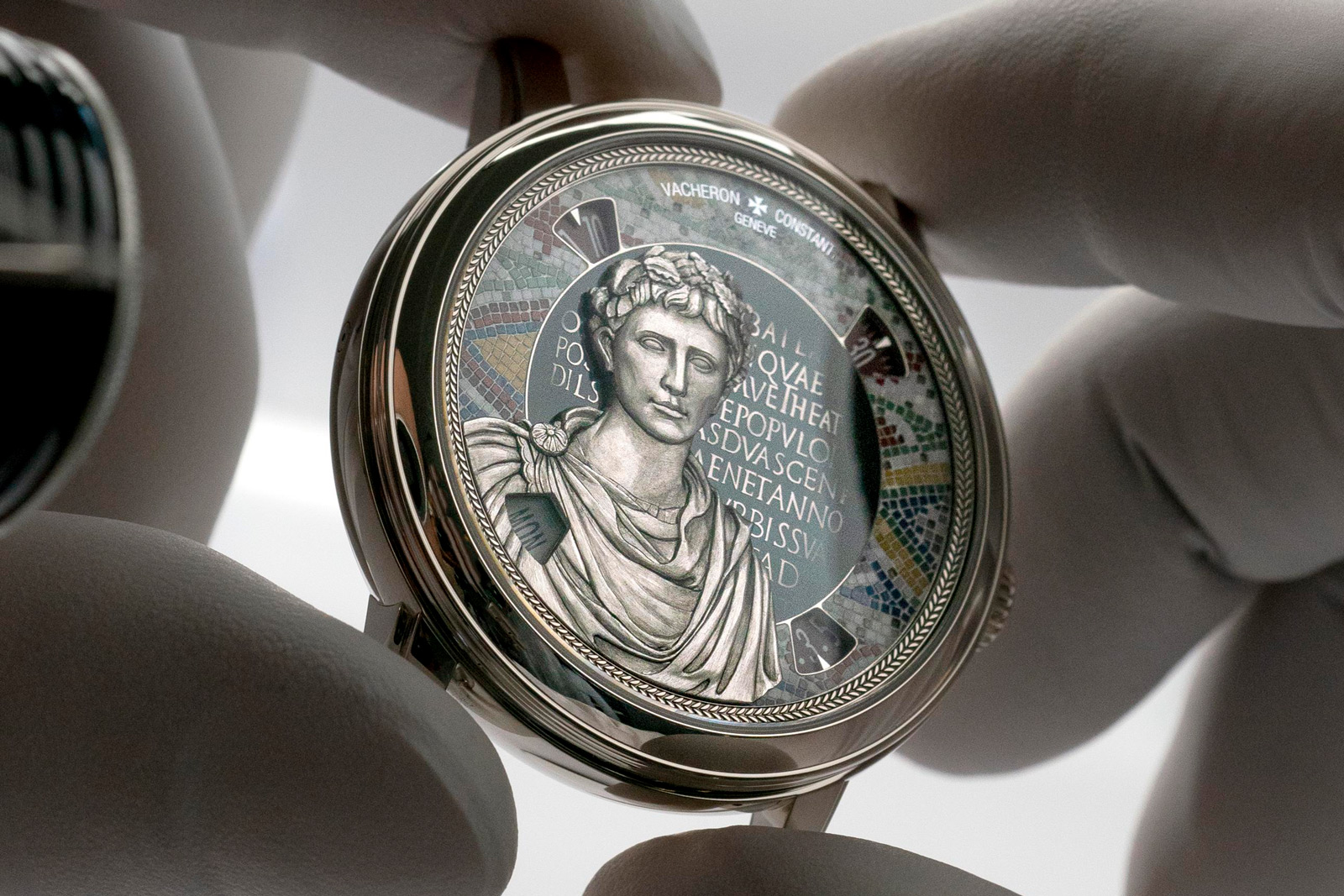
It sits on a dial centre that’s been enamelled in dark green and ringed by a Roman mosaic inspired by a fourth century mosaic found in modern-day Israel. The mosaic rendered on an impressively minuscule scale. Made up of 660 tiny pieces, it relies on seven types of mineral stone: quartzite, cacholong, dumortierite, mochaite, red jasper, grossular, red aventurine.
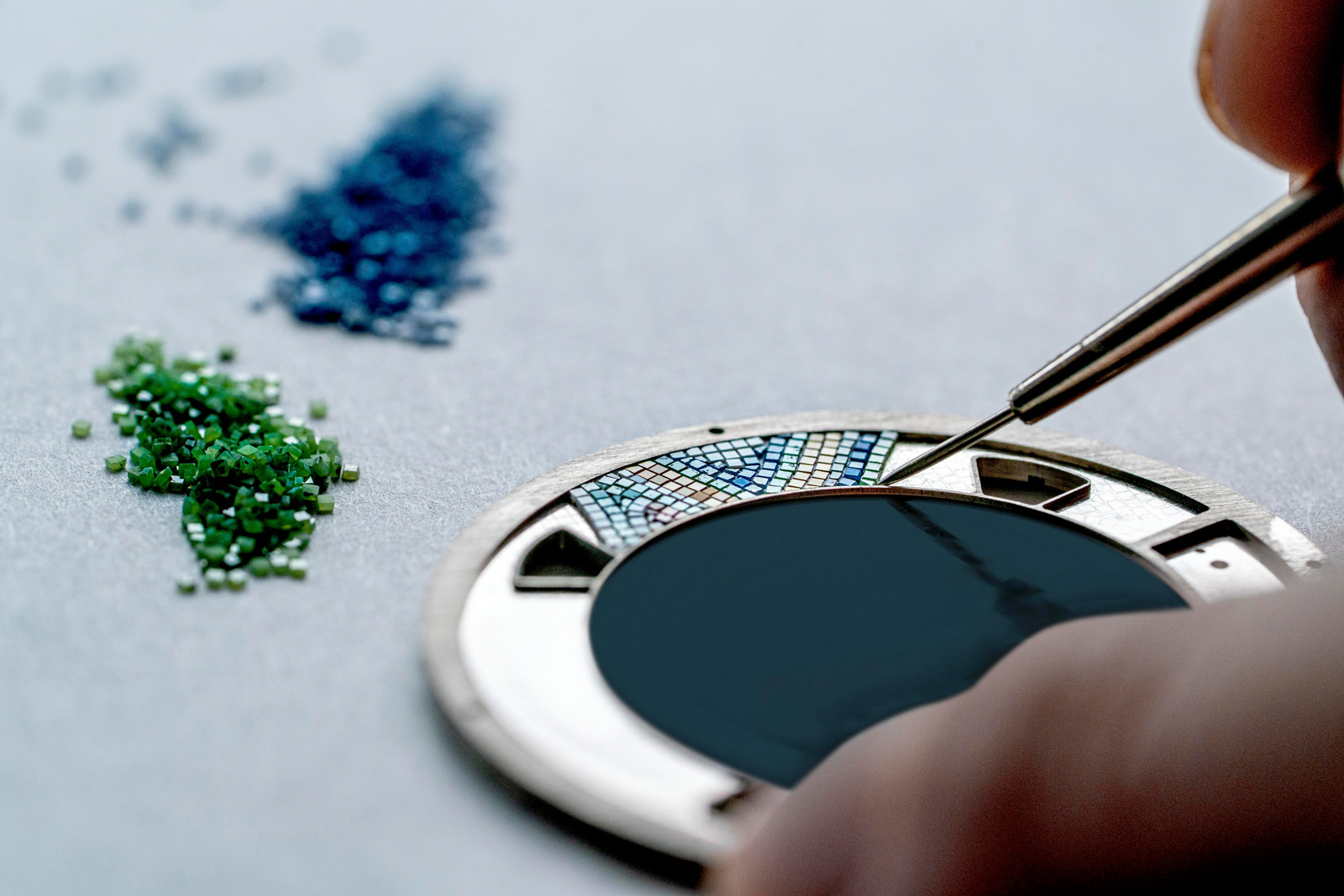
The decorative ring around the dial, on the other hand, is modelled on another fourth century mosaic is what is now eastern Tunisia. And behind Augustus are lines of text in Latin that are a tribute to the Emperor, drawn from a dedication given at the opening of a city in Algeria that was once part of the Roman Empire.
Grand sphinx de Tanis
A granite sphinx that might be over 4,000 years old, the Great Sphinx of Tanis is missing a nose but still remains imposing. And so it is on the dial of the Grand sphinx de Tanis, which bears the head of the sphinx. Thanks to a clever tweak of the perspective, it appears to loom over the view despite the small size.
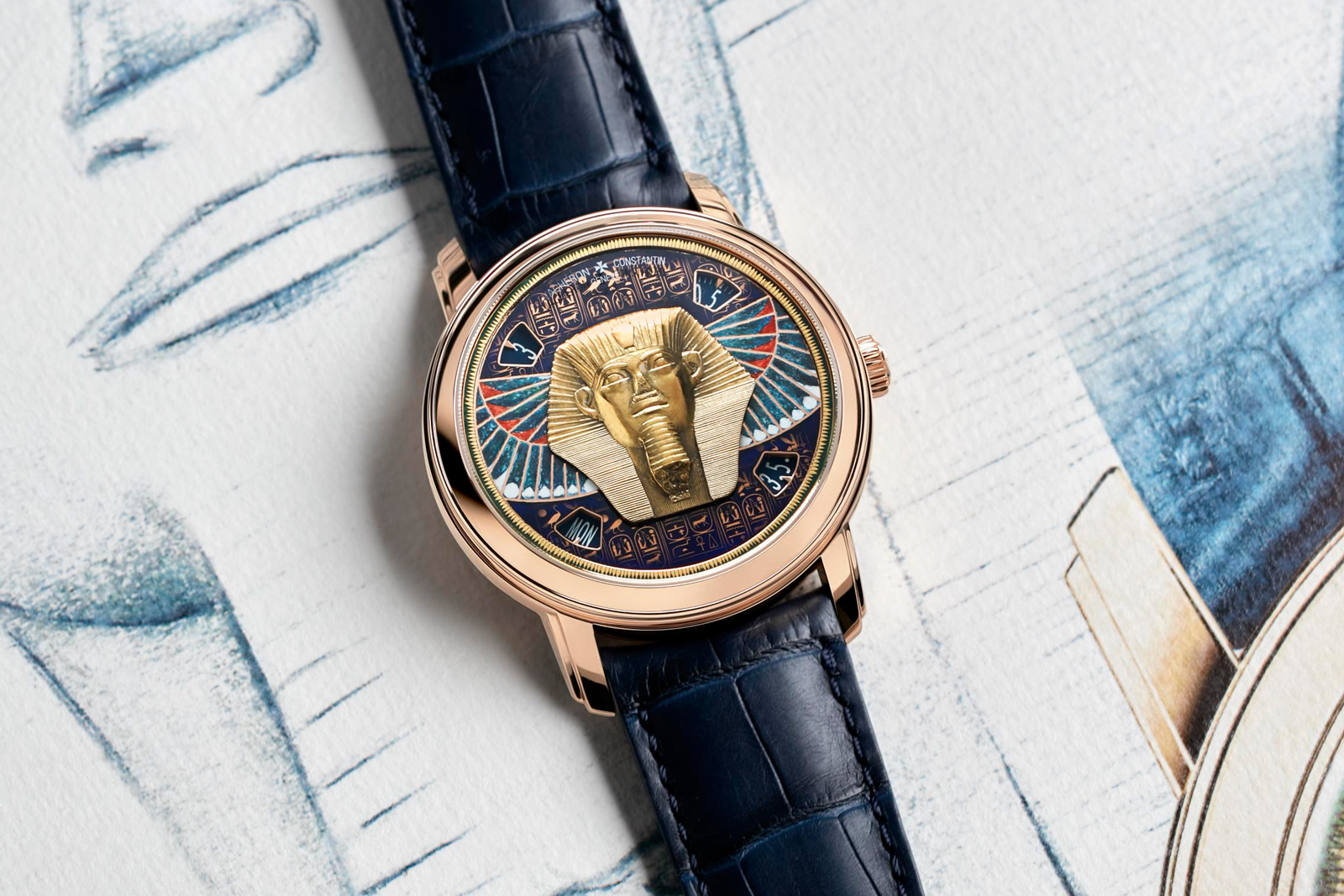
The dial base is blue-black enamel with decorative elements taken from the cartonnage of Nakht-khonsou-irou, a gentleman whose coffin is now in the Louvre. Made of plastered layers of fibre – ancient papier-mâché of sorts – cartonnage encased the mummy and was decorated with intricate motifs. Traditionally, the chest area on the cartonnage was covered by a necklace, lends its decorative elements to this watch.
Details from the necklace that have been translated into the watch include the petals in champleve enamel that form the frieze around the dial, as well as the champleve enamel wings on either side of the sphinx; under the necklace on the cartonnage sits a hawk with a ram’s head.
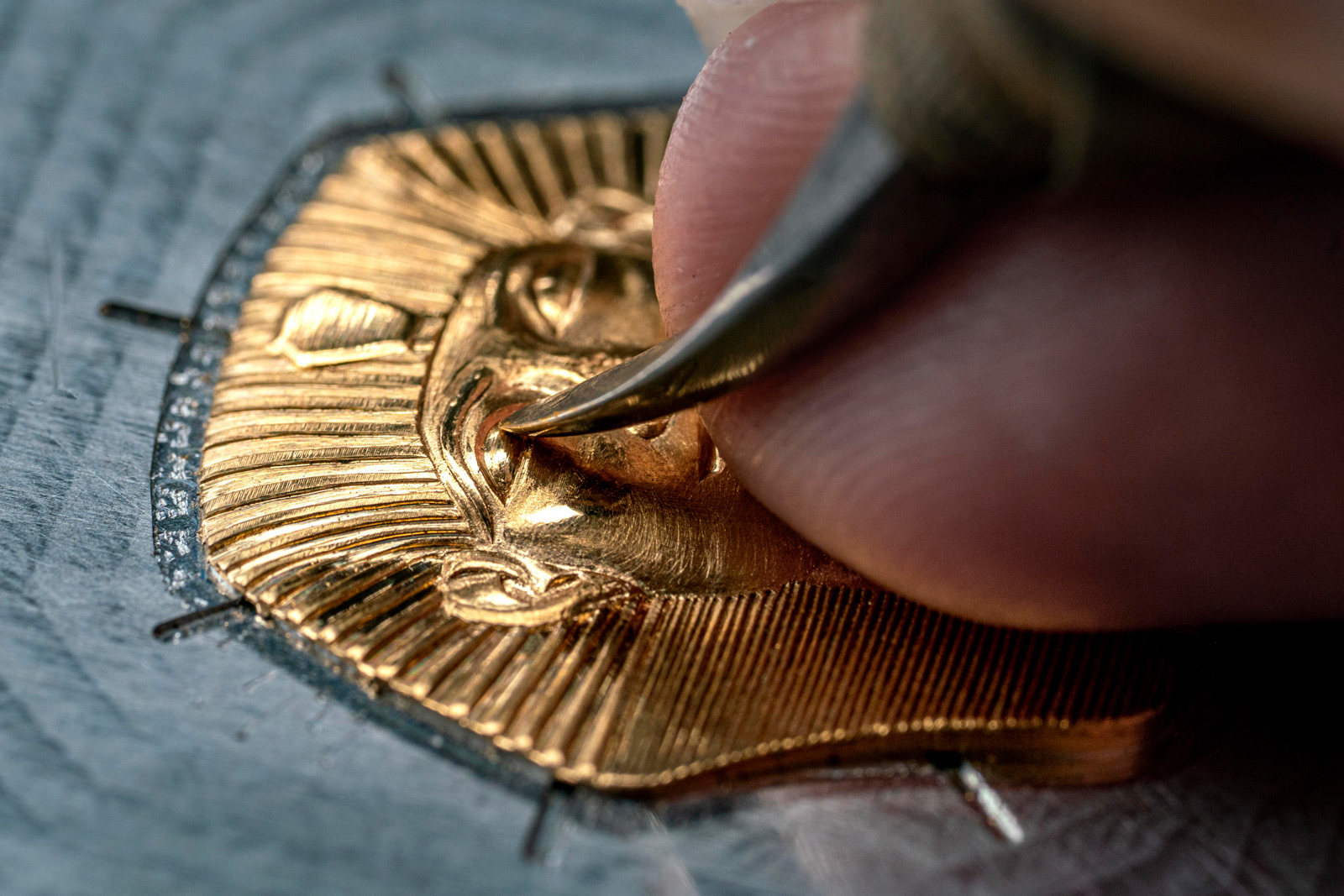
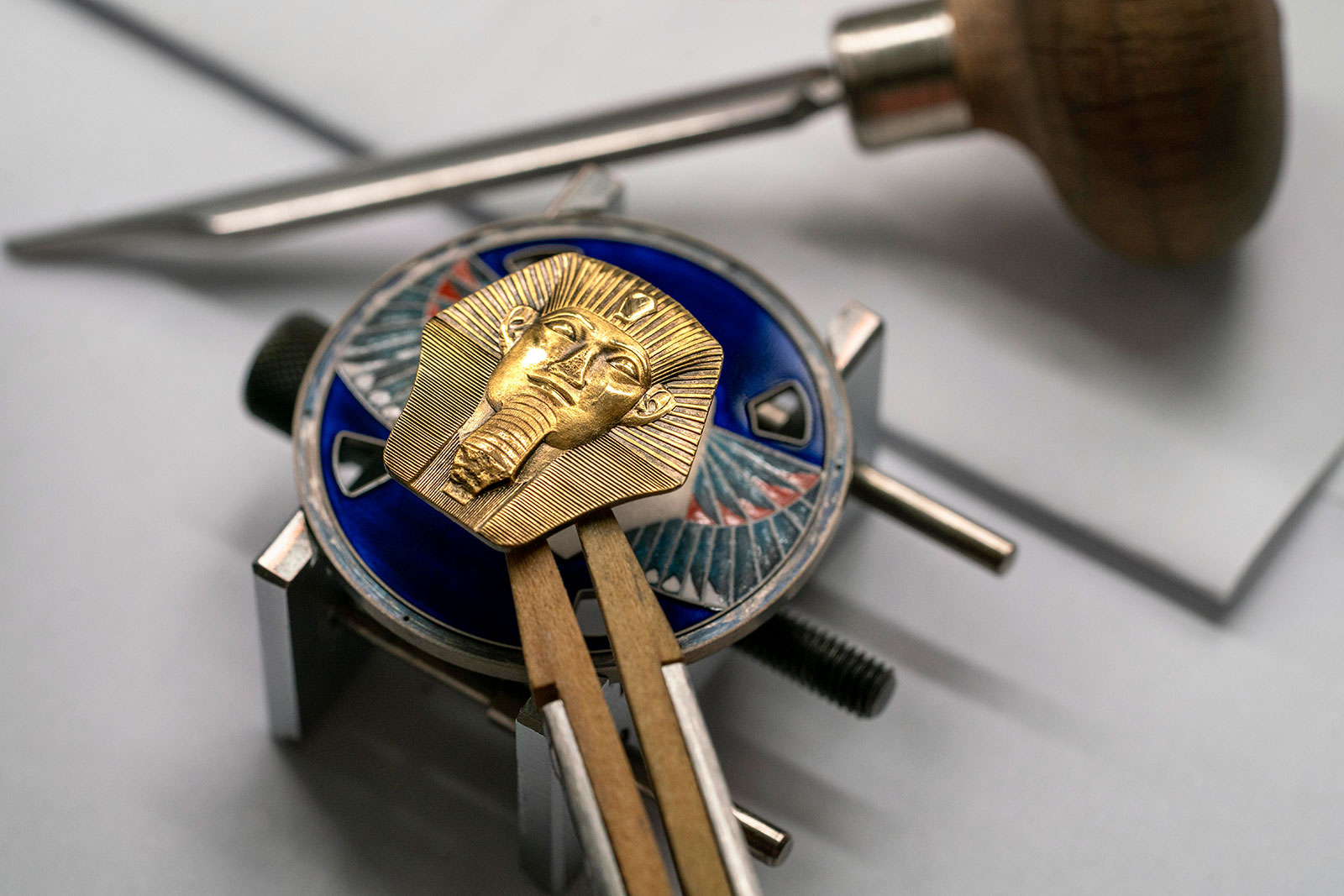
Lion de Darius
Unquestionably the most striking of the quartet, the Lion de Darius takes inspiration from a relief taken from the Palace of Darius in Susa. Built by the Achaemenid king during the sixth century BC in what is modern-day Iran, the palace featured walls decorated with reliefs depicting various creatures and scenes.
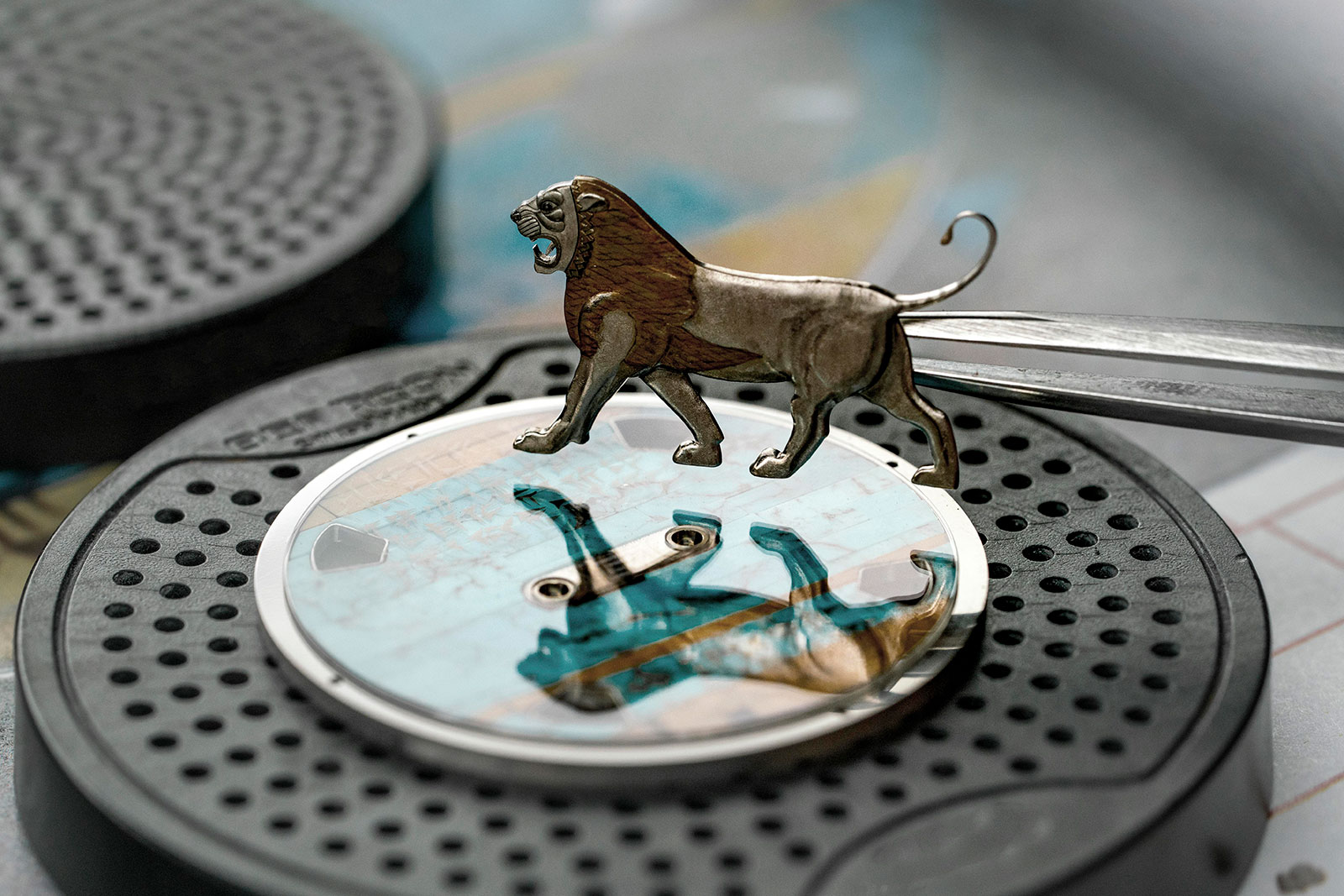
One of these is a lion frieze showing several of these creatures – symbols of royal power in the Achaemenid Empire – that’s been reproduced in hand-engraved solid gold against a backdrop of turquoise, a colour seemingly at odds with the lion frieze as it appears today. The reason for the colourful dial is that the frieze is made of glazed bricks that have lost their colour over the millennia, so the dial imagines the lion frieze as it might have been in its time.
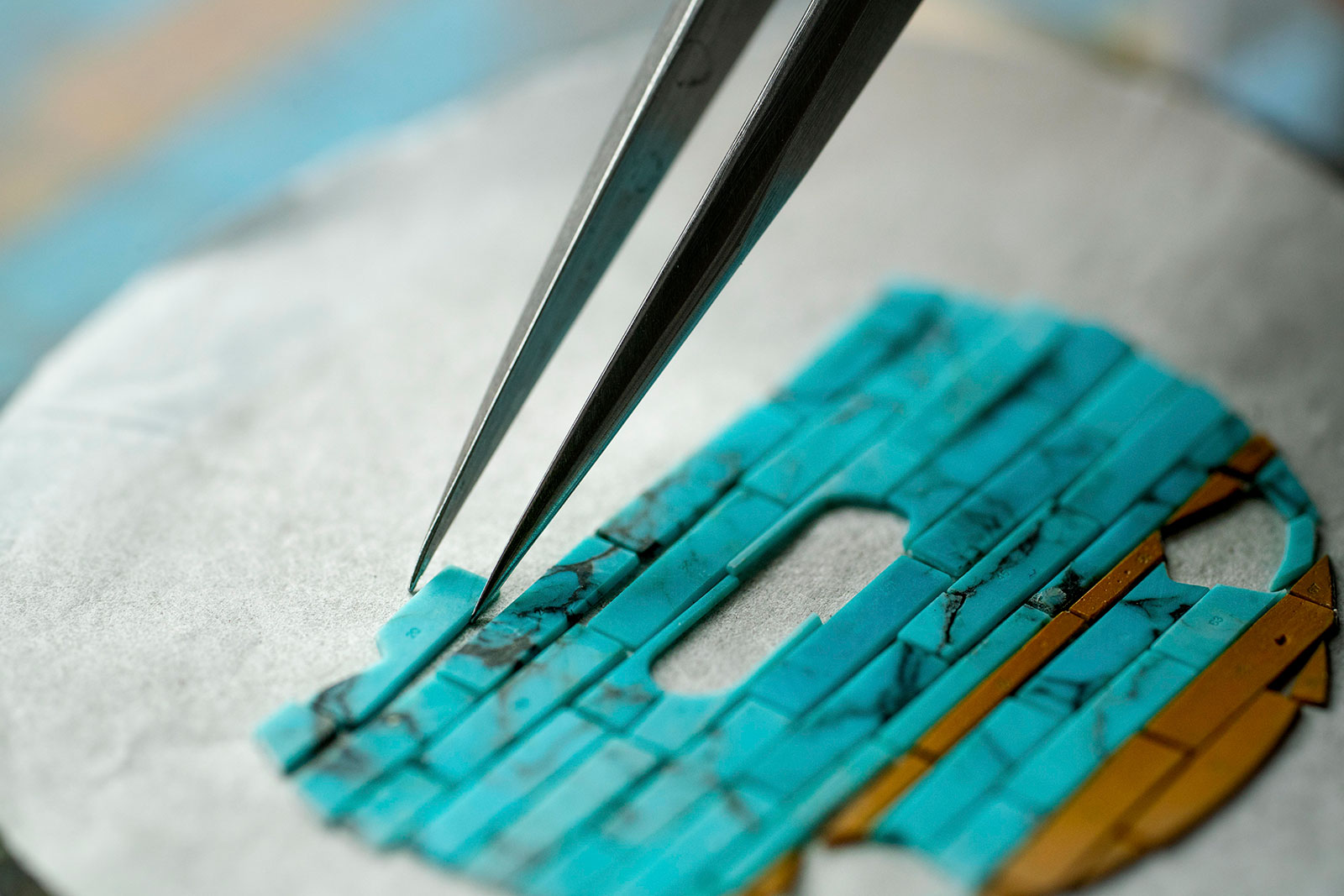
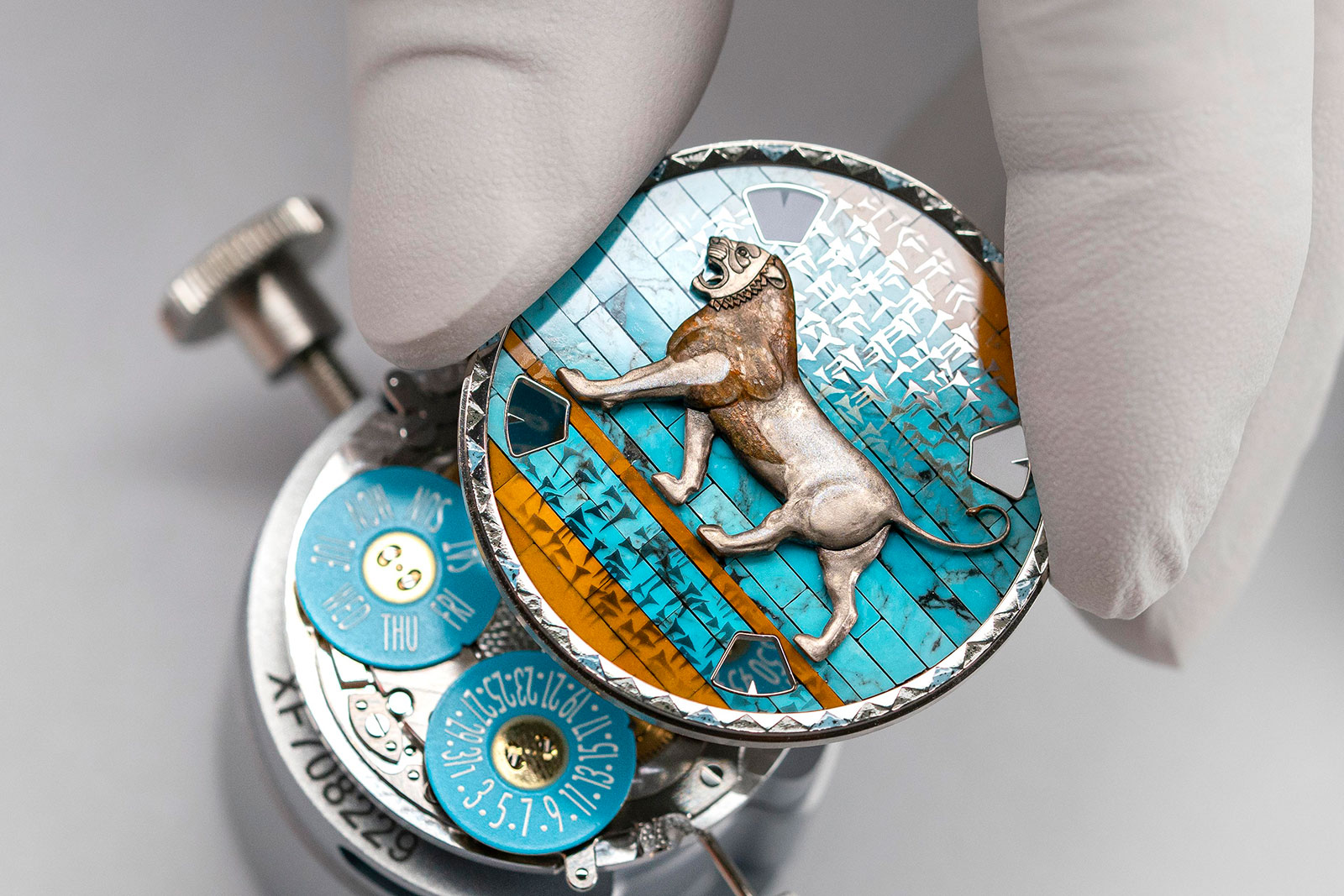
The dial is covered in tiny tiles of turquoise, along with tiles of yellow jasper for the upper and lower bands. Sixty-nine pieces of stone were required for the dial mosaic, each piece carefully cut and positioned by hand.
The decorative ring around the dial is inspired by yet another frieze from the palace, this time the “Frieze of Archers”. Its pattern is made up of alternating triangles of engraved metal and champleve enamel.
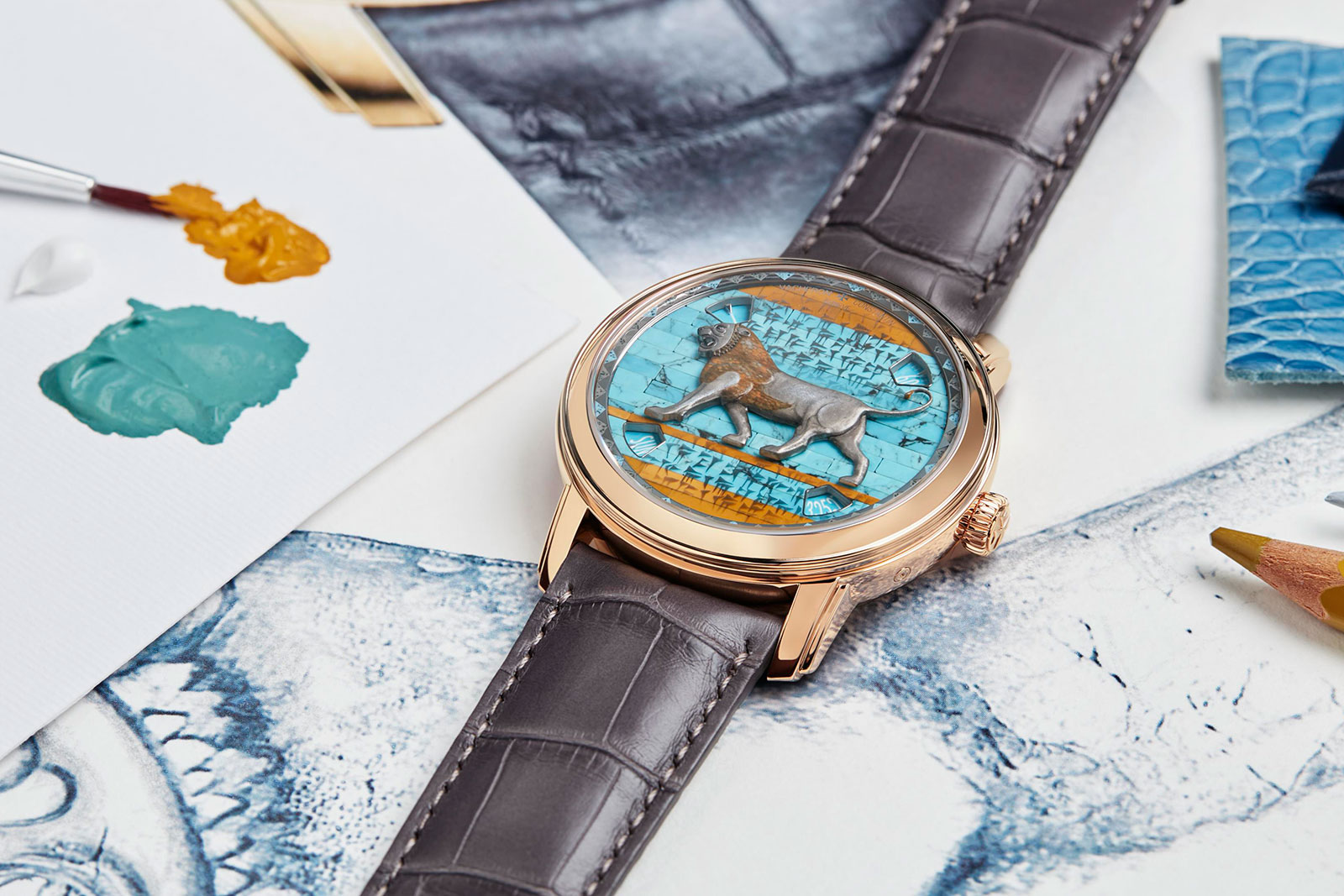
Victoire de Samothrace
Headless but still strikingly graceful, the Winged Victory of Samothrace represents Nike, the Greek goddess of victory. Here the miniature sculpture sits on a dial centre of opaque enamel in orange-brown, a colour that is especially difficult to create according to Vacheron Constantin. It’s a mix of other colours of rare enamels that are not longer available and requires six firings in the oven.
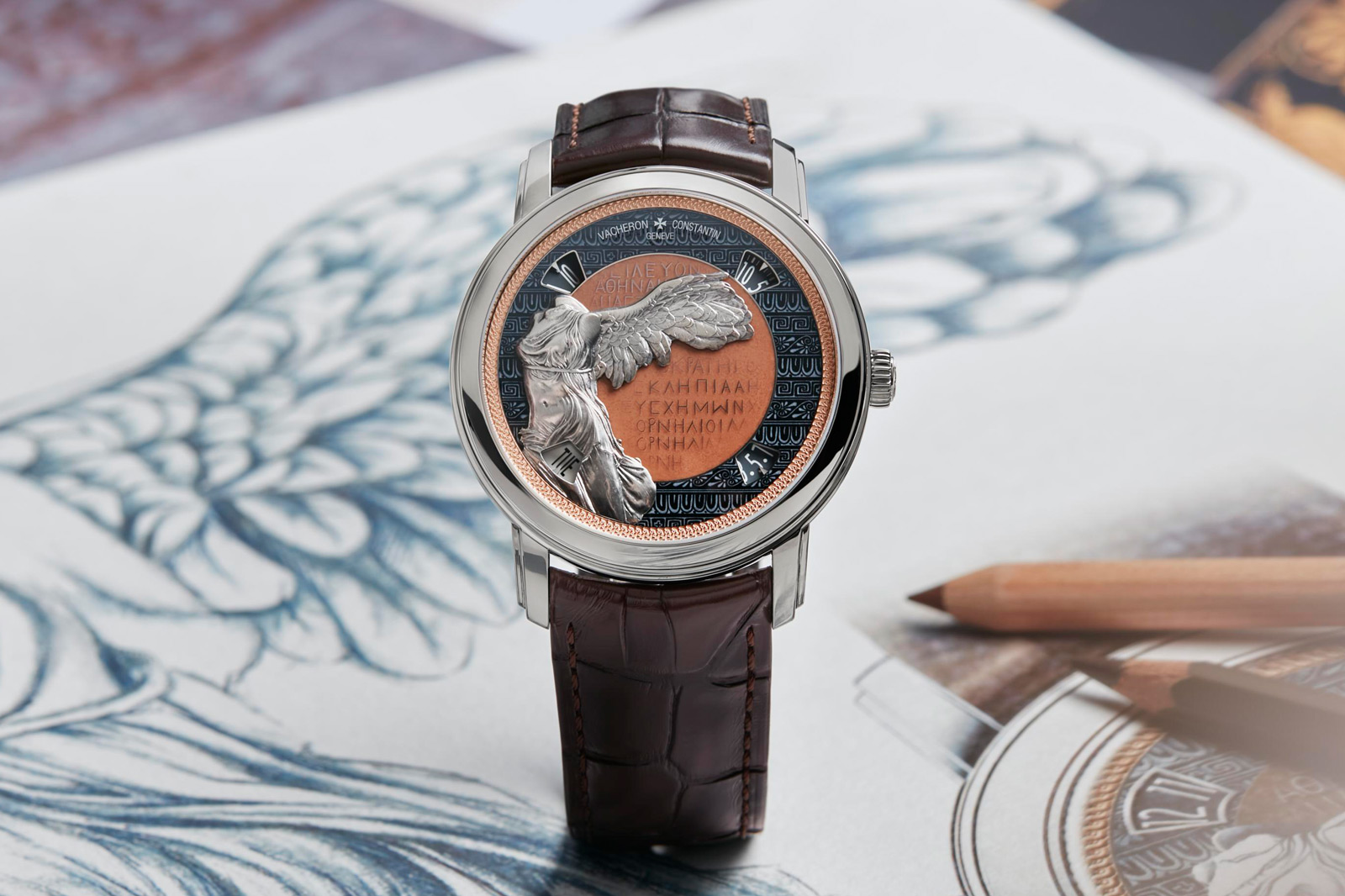
The orange-brown centre is ringed by grisaille enamel, a technique that calls for the artful removal by scratching of the top surface of enamel to reveal the contrast-colour enamel below. The grisaille enamel depicts a pattern taken from a pair of Greek vases in the Louvre. And around the dial is a gold ring that’s been hand engraved with a motif from the Vase of Pergamon, a funerary vase.
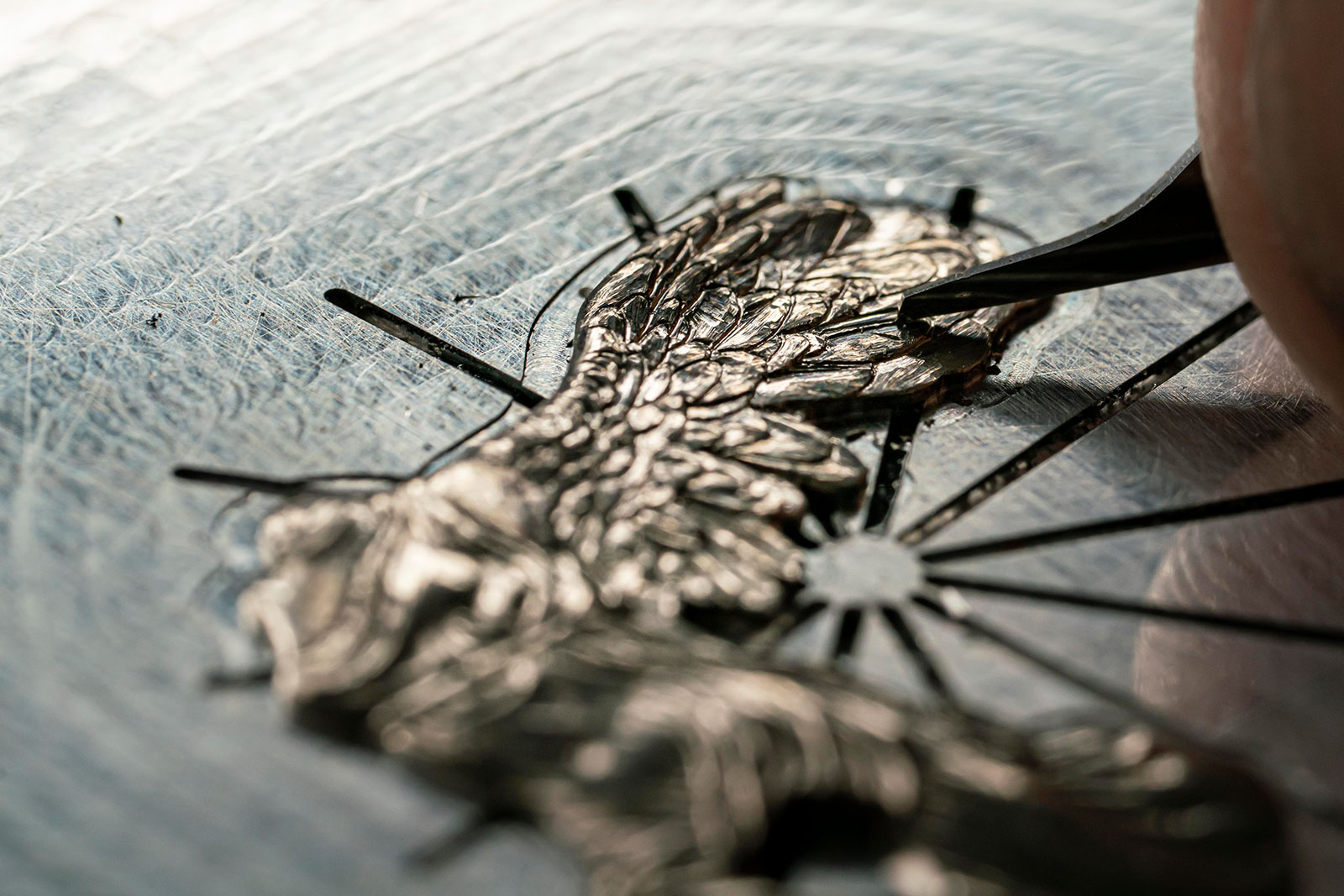
Key facts and price
Vacheron Constantin Métiers d’Art Tribute to Great Civilisations
Ref. 7620A/000R-B926 (Lion de Darius)
Ref. 7620A/000R-B927 (Grand sphinx de Tanis)
Ref.7620A/000G-B928 (Victoire de Samothrace)
Ref. 7620A/000G-B929 (Buste d’Auguste)
Case diameter: 42 mm
Height: 12.9 mm
Material: 18k pink gold or white gold
Crystal: Sapphire
Water resistance: 30 m
Movement: Cal. 2460G4/2
Features: Hours, minutes, day, and date
Frequency: 28,800 beats per hour (4 Hz)
Winding: Automatic
Power reserve: 40 hours
Strap: Alligator strap with folding clasp in gold
Limited edition: Five pieces each
Availability: At Vacheron Constantin boutiques only
Price: Upon request
For more, visit vacheron-constantin.com.
Back to top.

